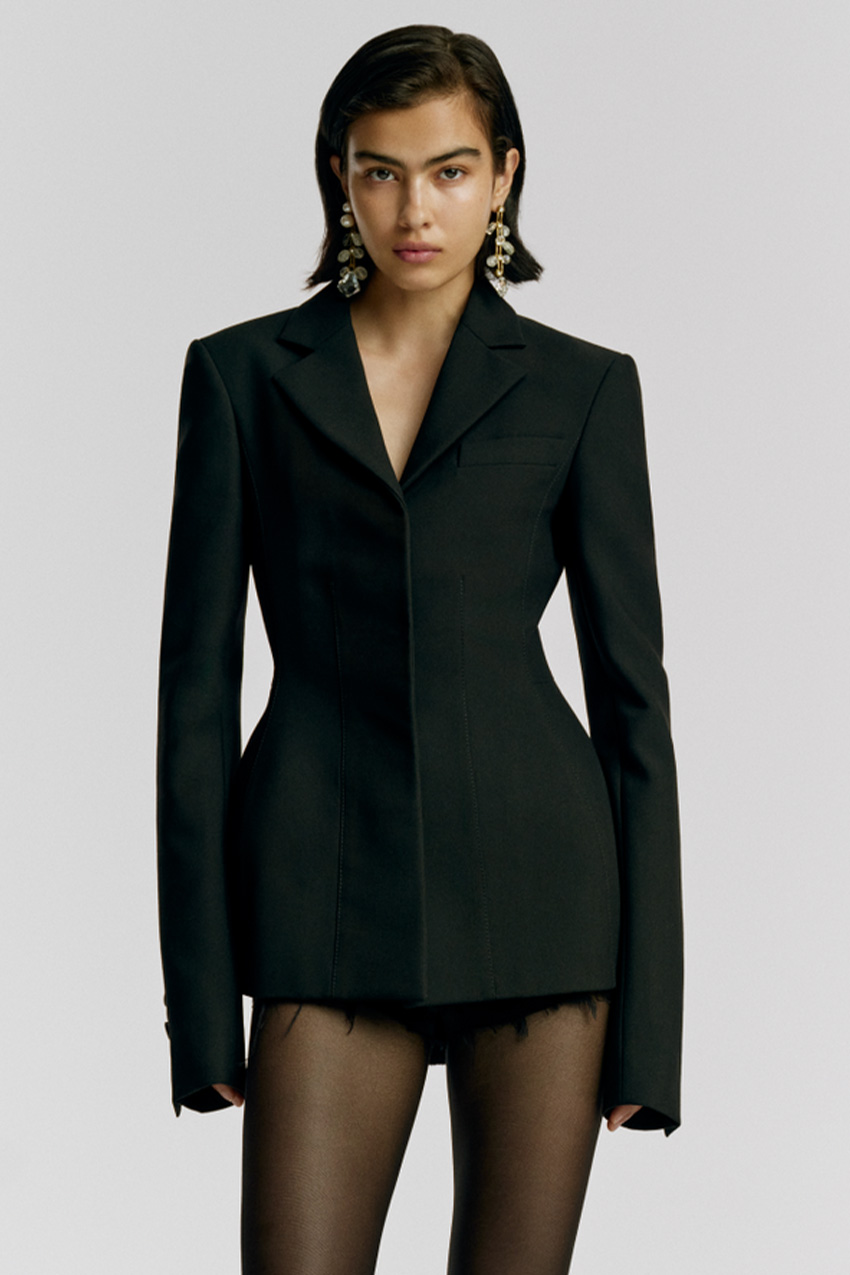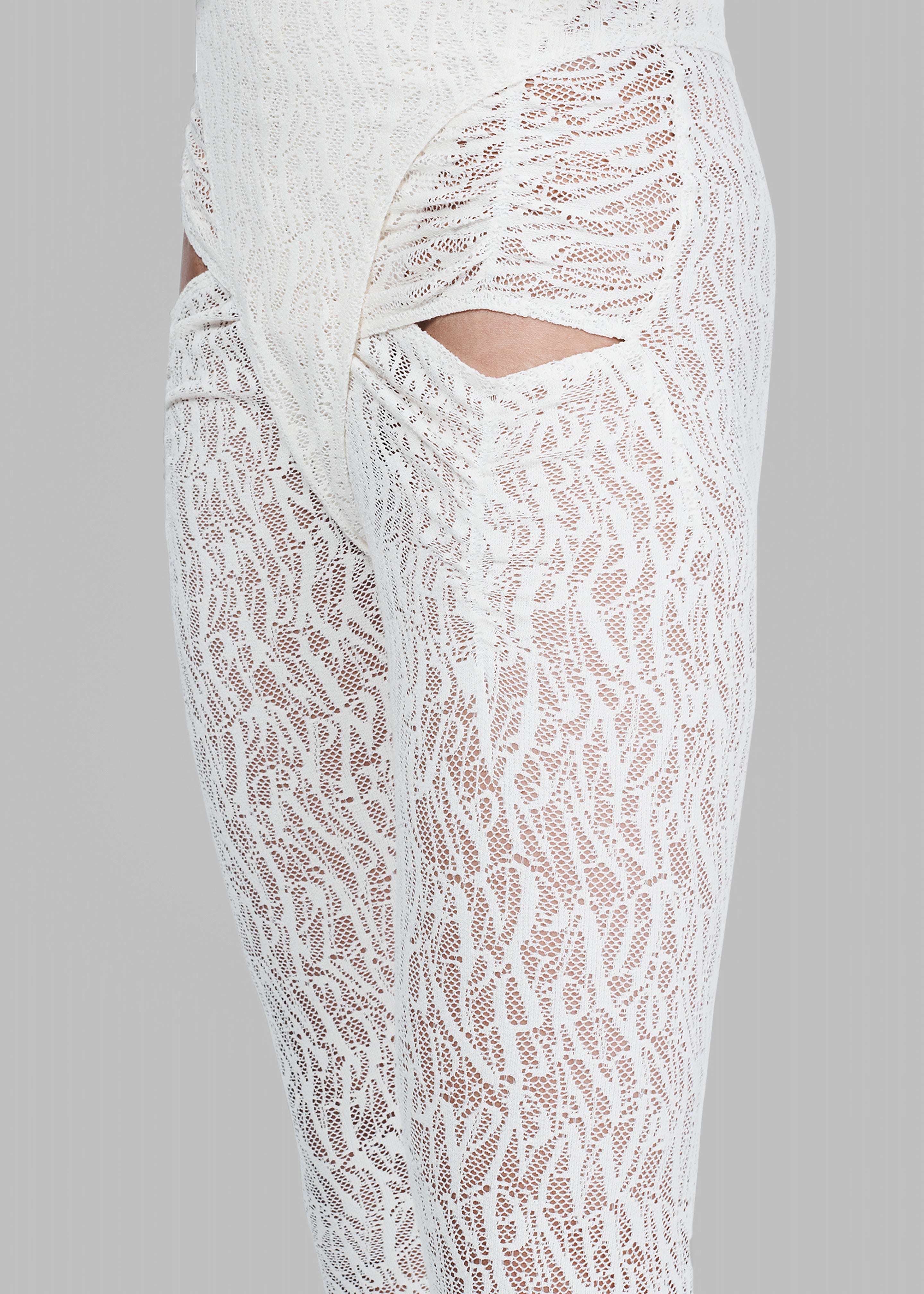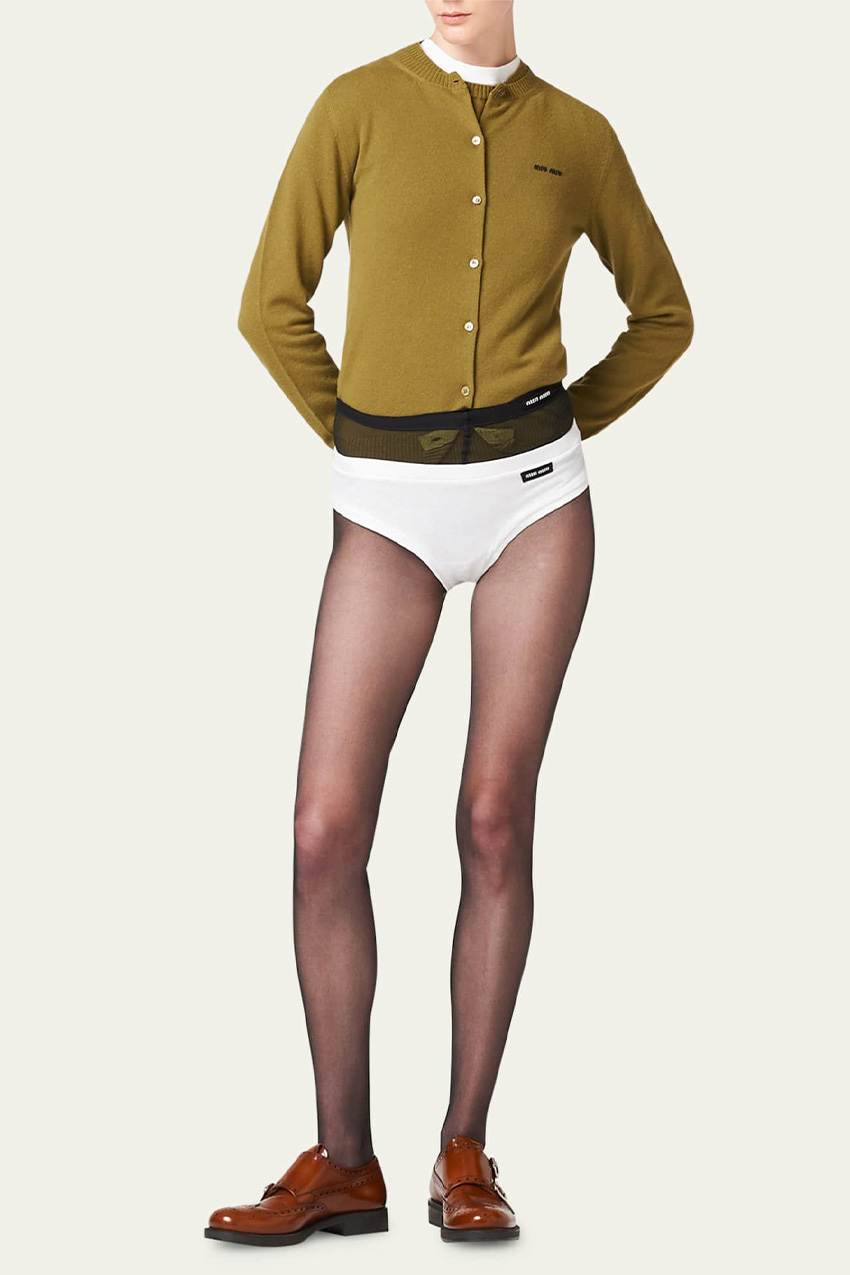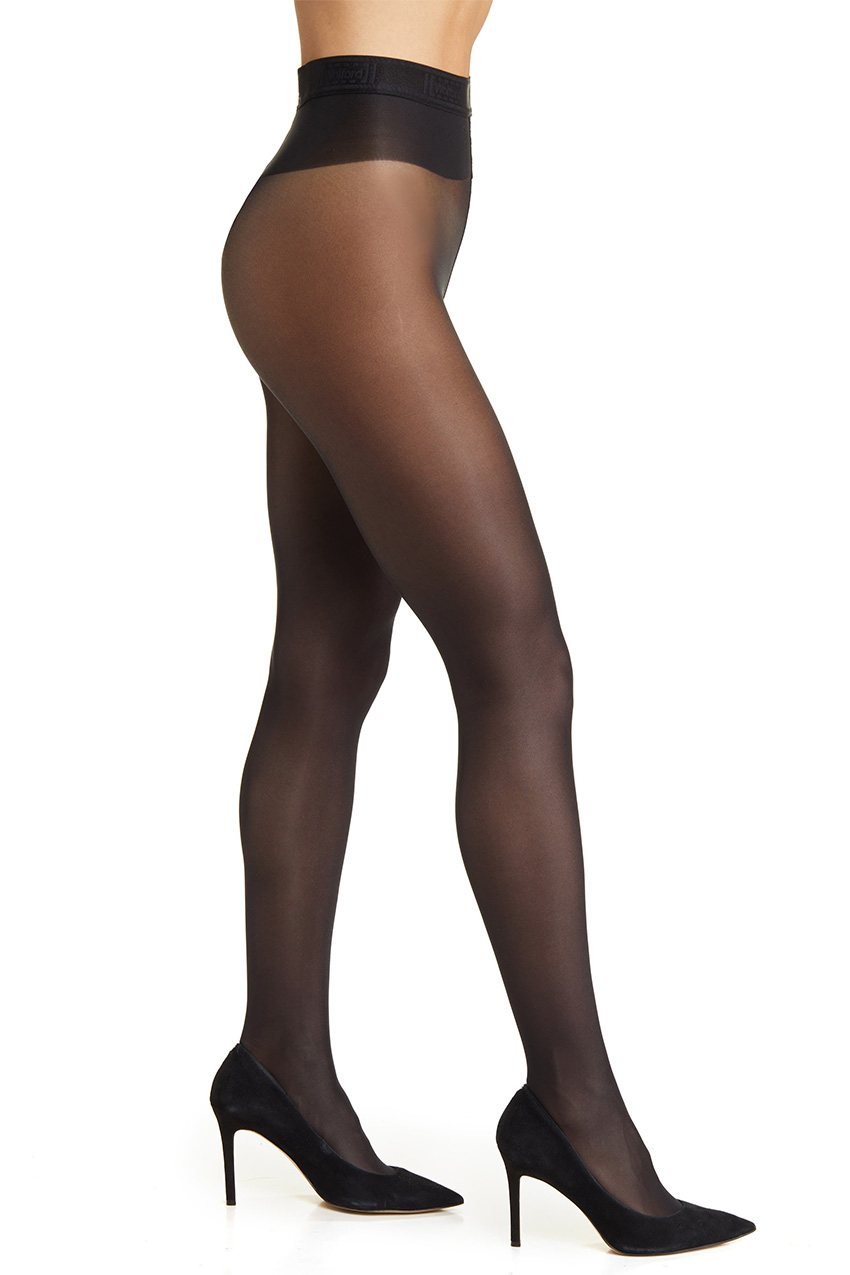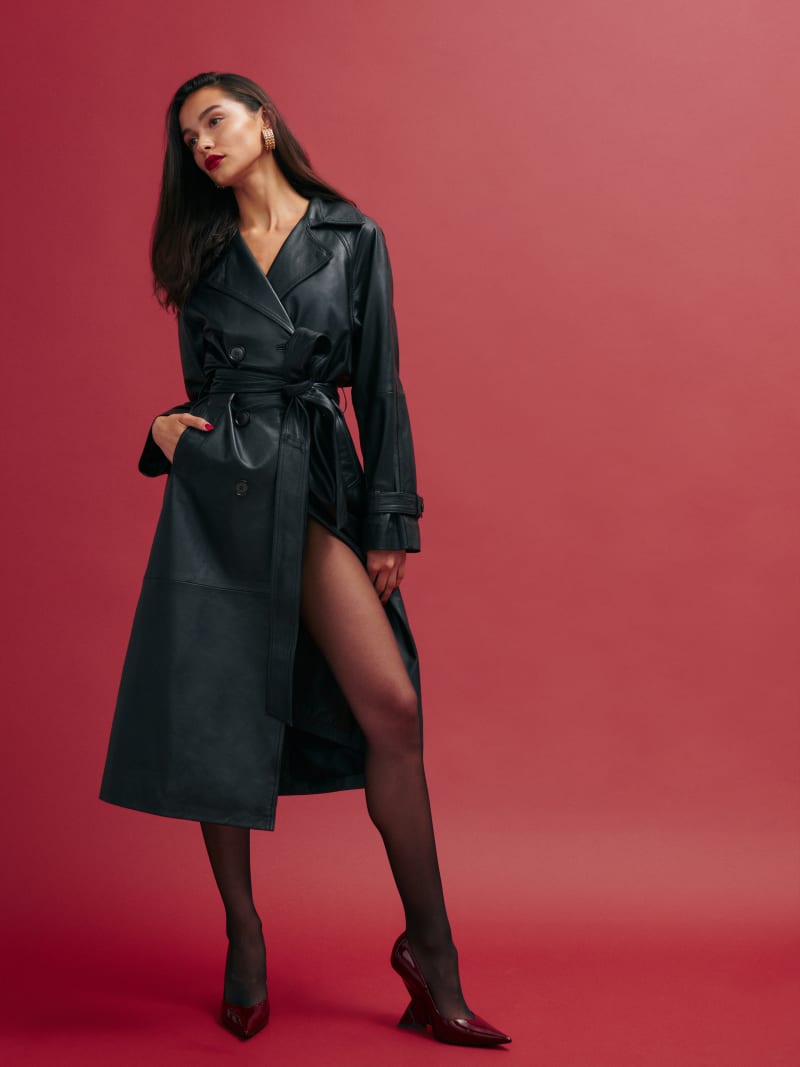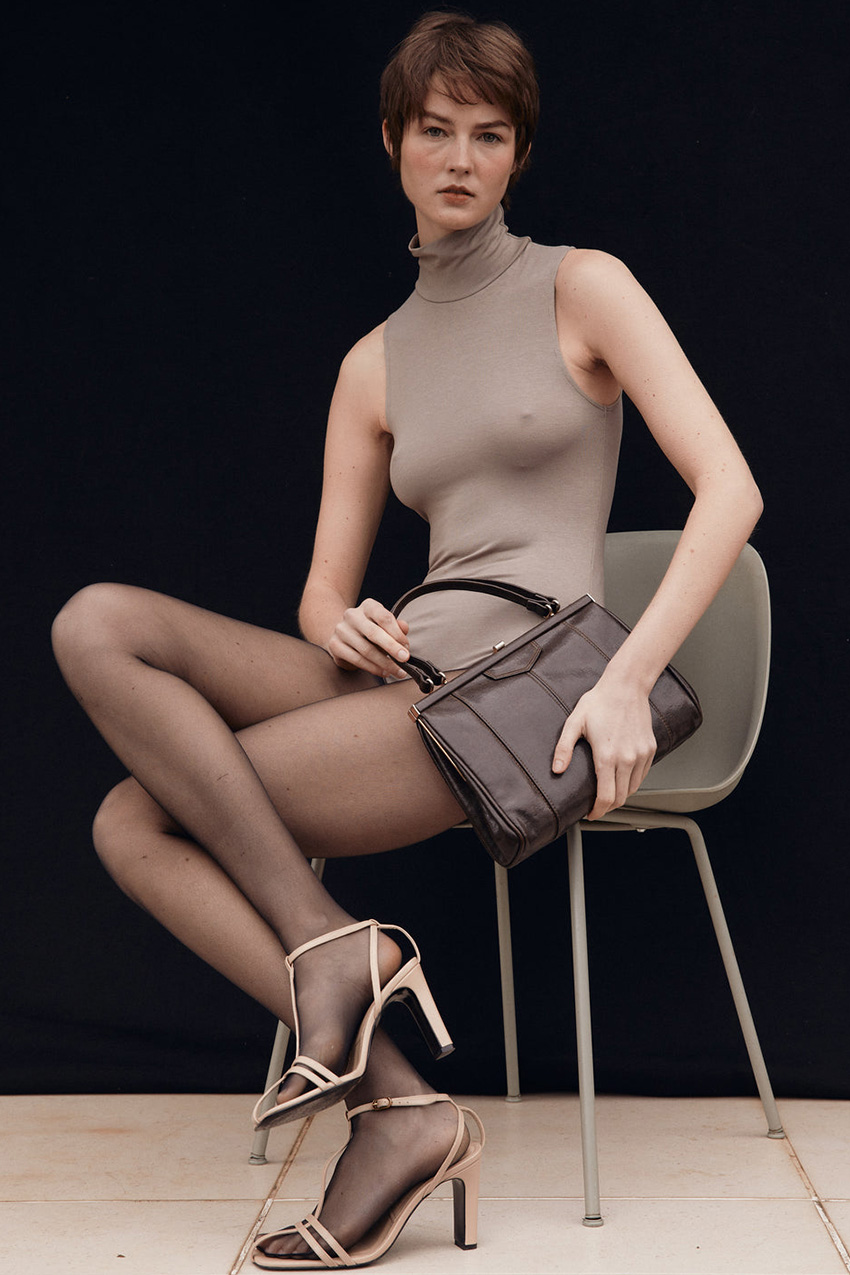Cue the Nostalgia: 7 Celeb-Approved Trends That Defined 2023
Jasmine Fox-Suliaman Sun, 26 Nov 2023 Who What Wear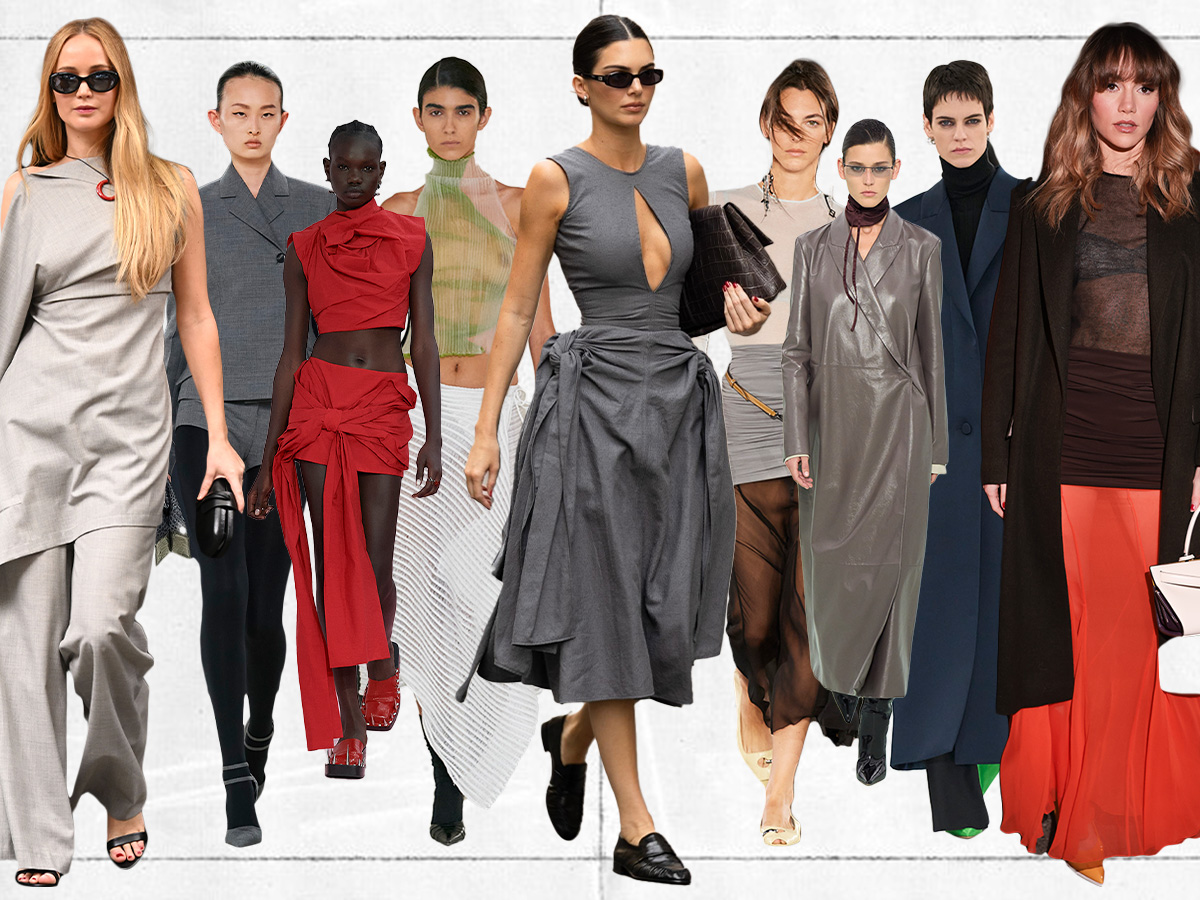

Even if you found that the year flew by without a fair warning, it's hard to forget the ever-looming presence of one particular fashion aesthetic: low-key luxury. Like it or not, no single corner of the internet (or our own site) was immune from the takeover of all things "old money" or "quiet luxury " adjacent. Defined by an ethos that it's better to buy better than more, we saw this approach appeal to many this past year in a way that can not be ignored, as it signifies a more significant shift in the zeitgeist. One that could be reflected in the popularity of shows chronicling the lives of the incalculably wealthy (e.g., Succession) or the looming economic insecurity and record-breaking inequality that causes consumers to rethink the economic pragmatism of fast fashion.
But possibly the greatest indication of this movement's impact is through its widespread adoption in real life. We may have seen brands like The Row, Bottega Veneta, Chloé, and Tove champion well-made staples in their ready-to-wear collections, but celebrities made sure they came off the runway and into the real world. That's no more apparent than when Jennifer Lawrence was spotted in London in mid-June donning a head-to-toe slate gray outfit from the Row. Or when Kendall Jenner was spotted in the streets of Paris donning a fitted dress from Bottega Veneta's F/W 23 collection with loafers from The Row. The more subdued approach to dressing taken by celebrities this year reminds us that luxury lies not in how "loud" the apparel is but rather how long it can last.
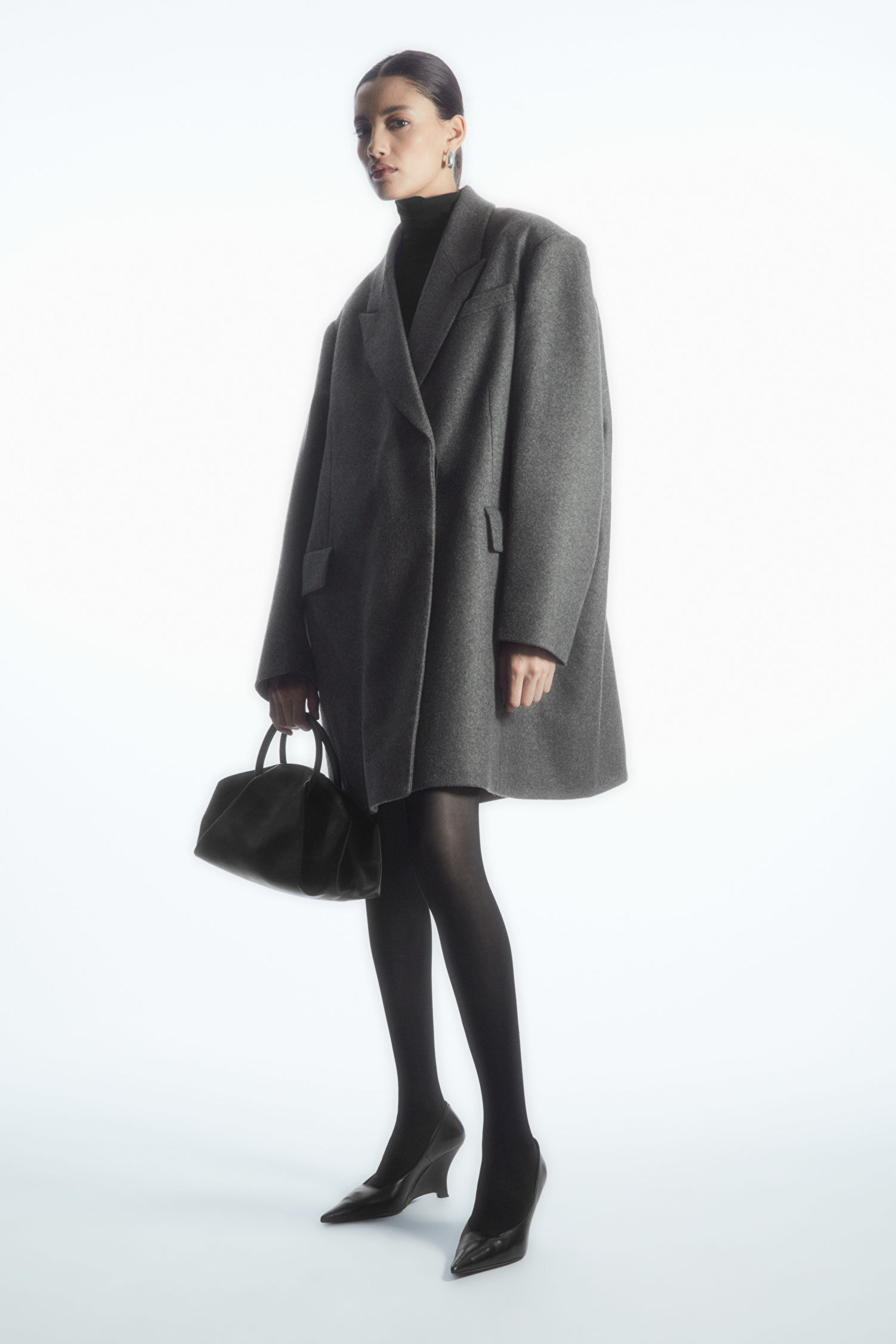
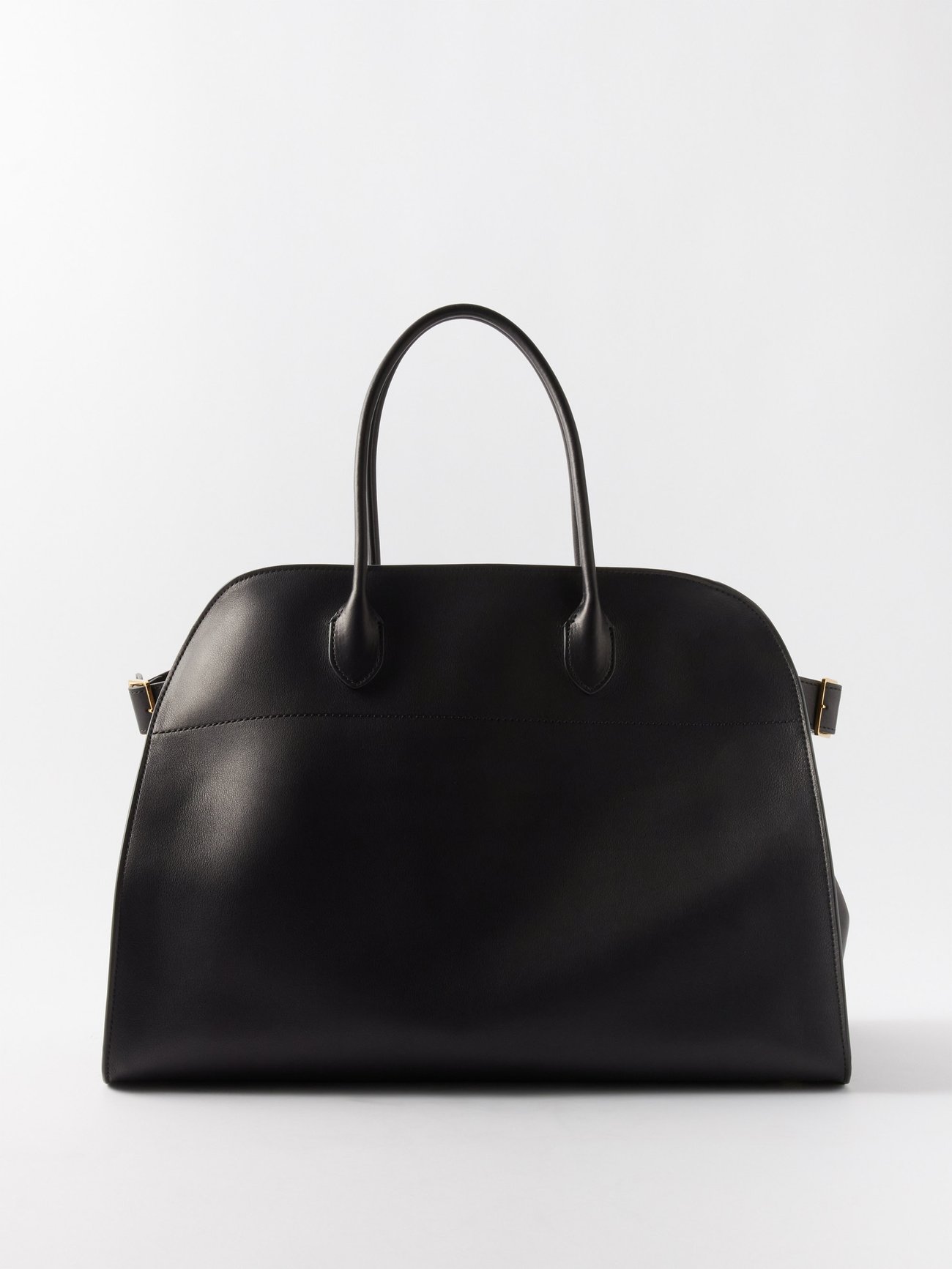
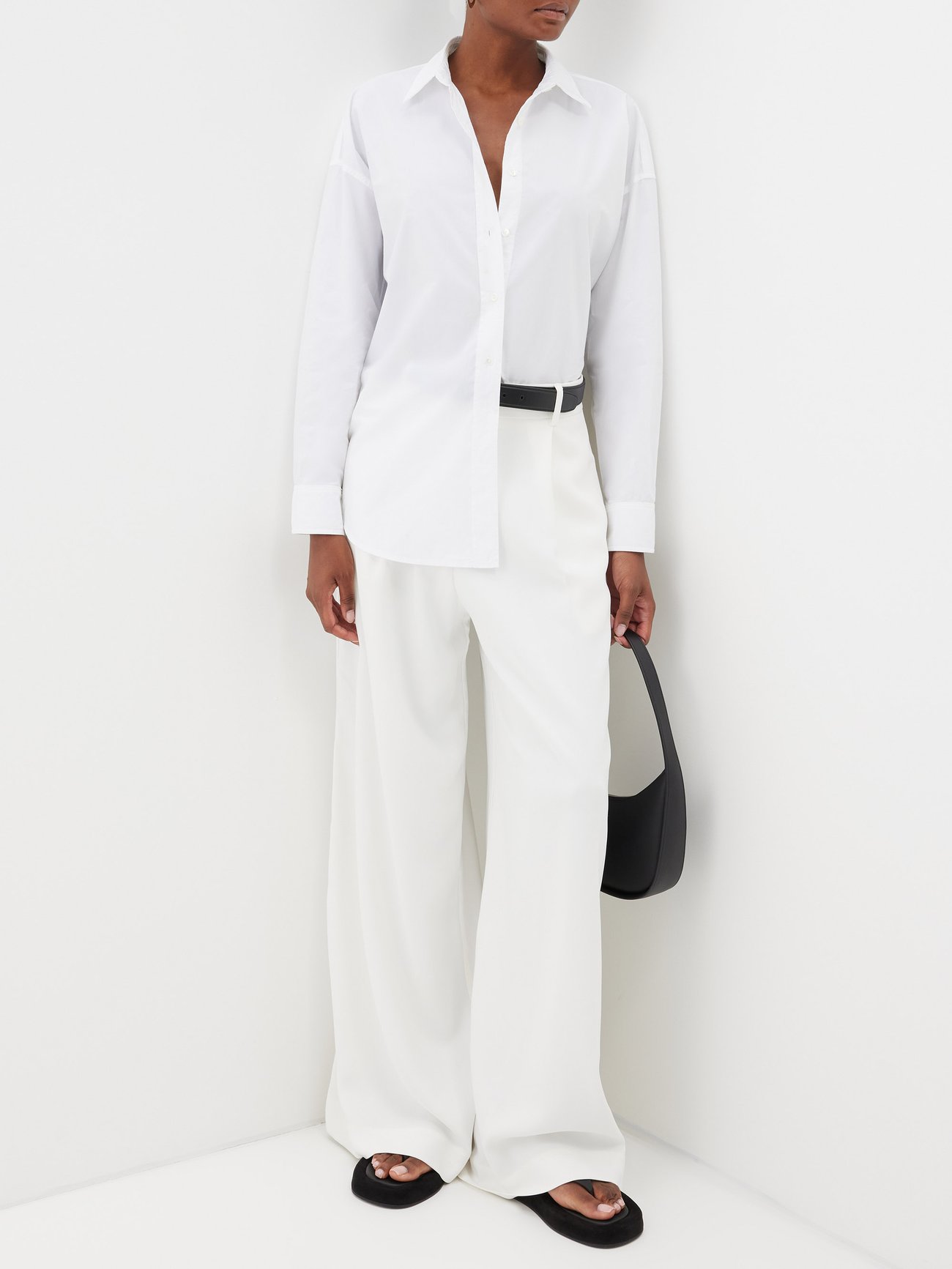
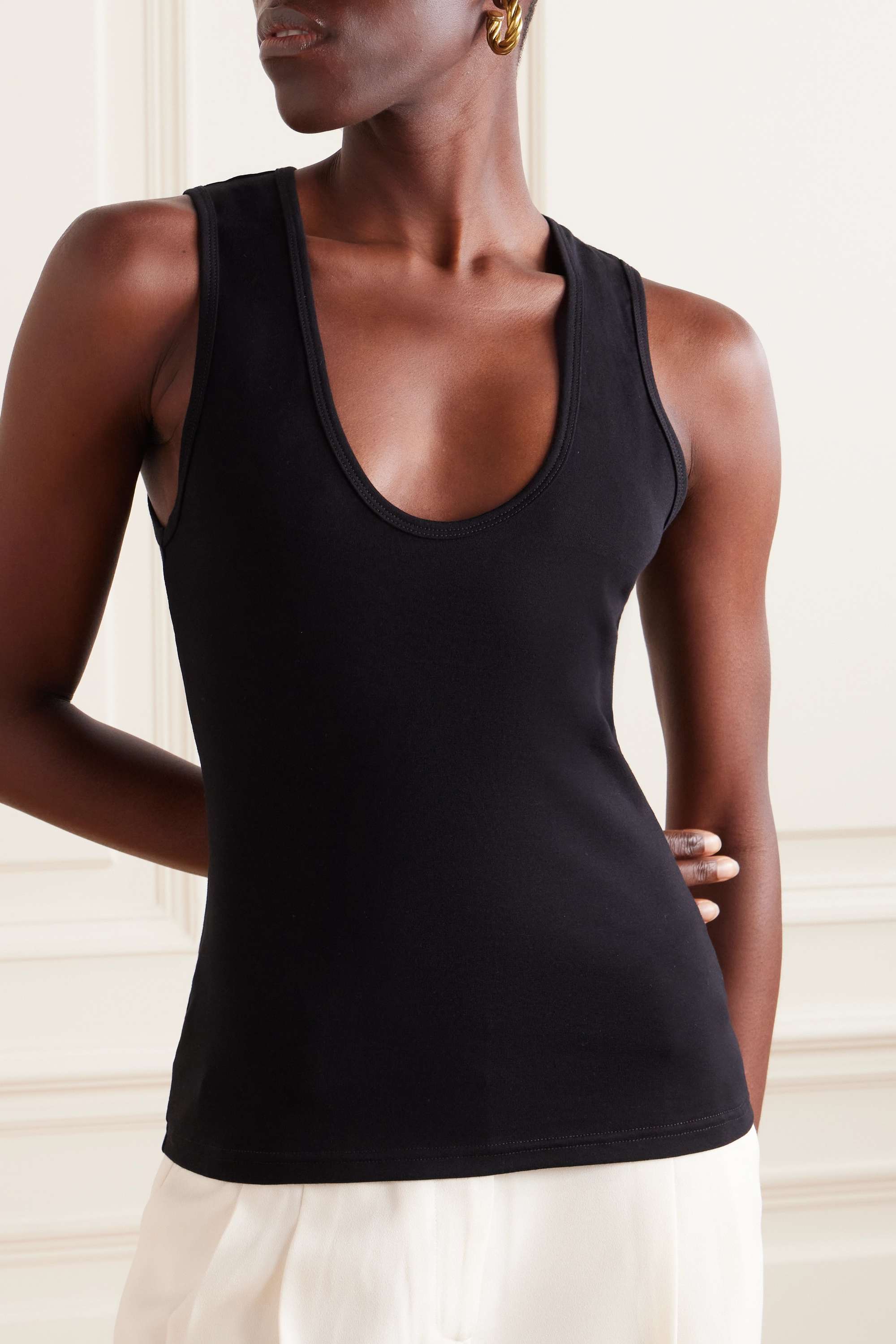
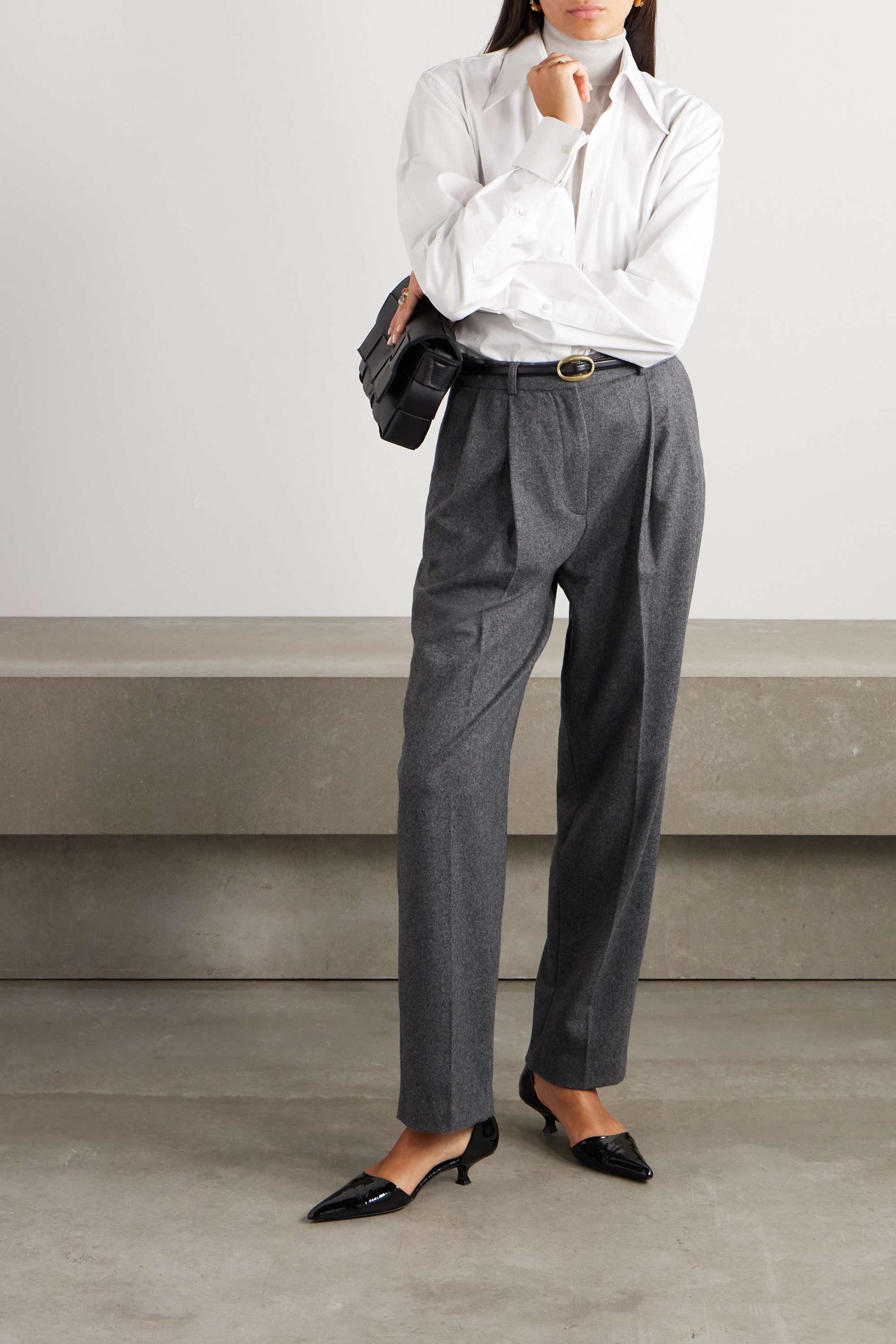
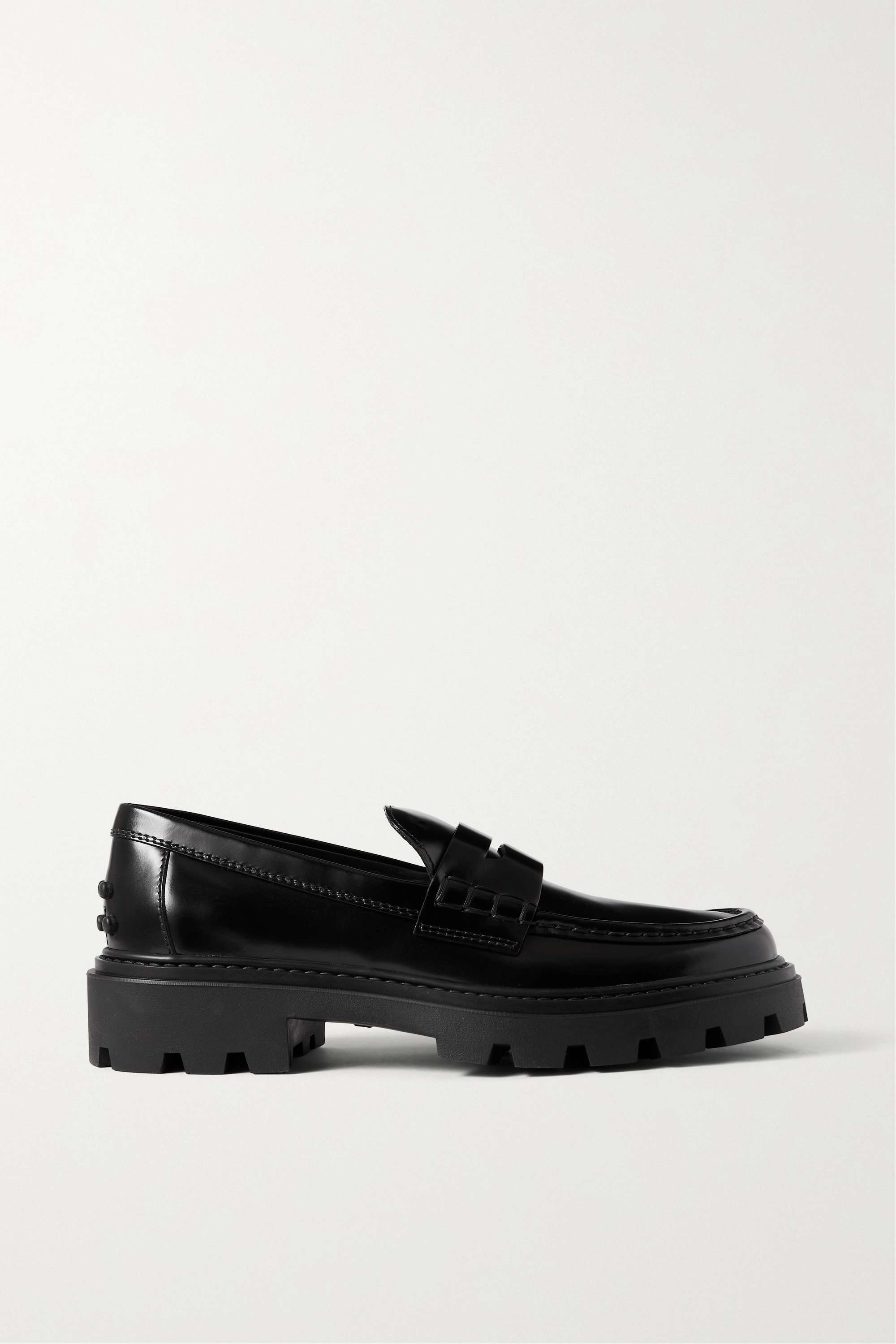
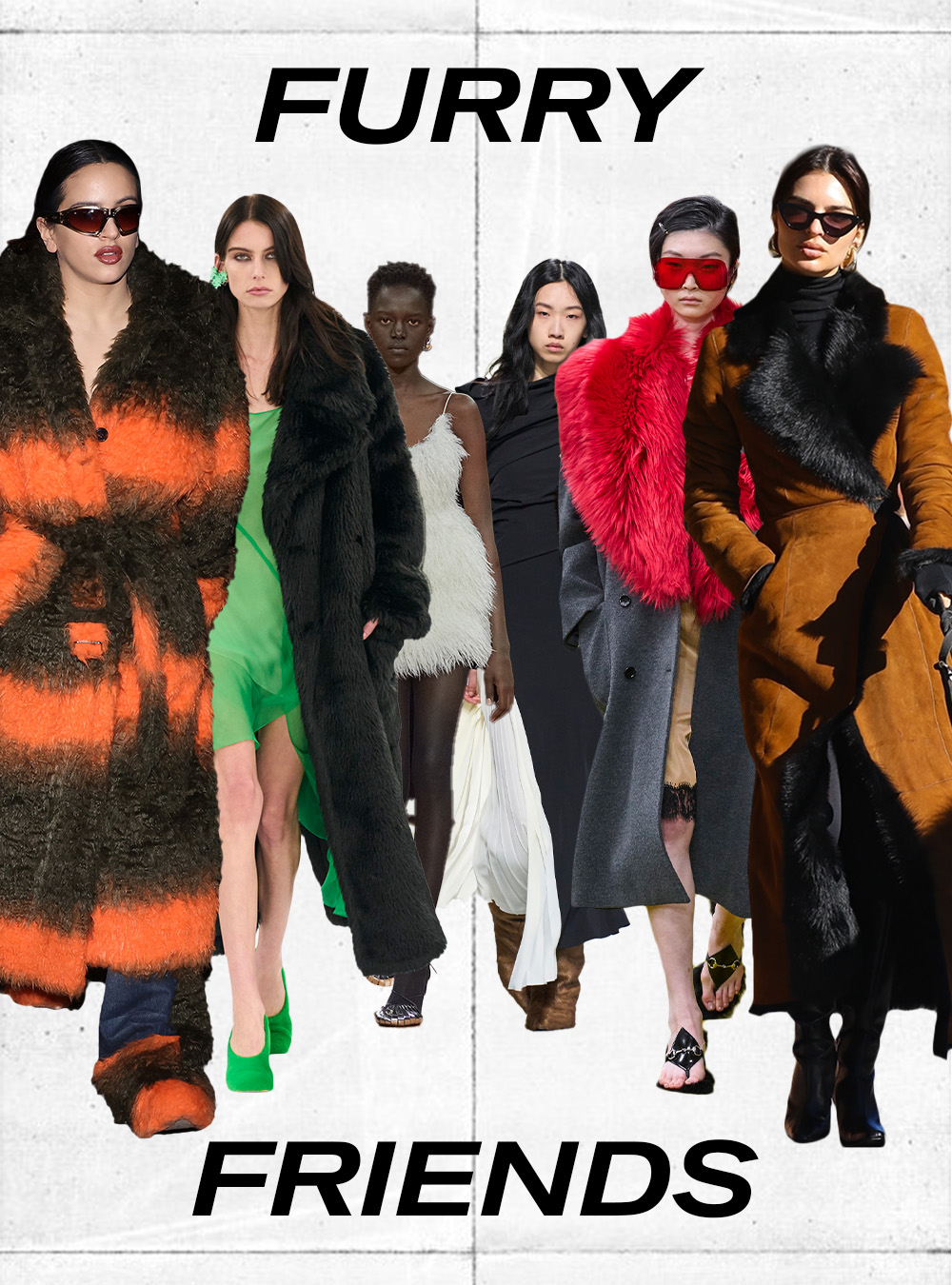
As "low-key luxury" took off this past year, so did another trend: the return of all things furry. Nothing was immune from being turned fluffy—apparel, shoes, bags, etc. While it might seem antithetical to see this more "ostentatious" trend exist alongside the subdued minimal pieces that have characterized the quiet luxury movement, it's actually not. At the end of the day, although differing in approach, the same subconscious desires drive the popularity of both trends. Historically, we've always seen style used as a tool to showcase one's status in society, and that fact is even truer in times of economic uncertainty. In every recent major recession, trends have centered around displaying wealth—e.g., look to the rise of fur sales in the '80s or the embrace of bedazzled clothing in the mid-aughts—basically, with every economic slowdown comes a new set of trends or in this case, a few furry friends.
So, of course, with concerns about the economy hitting an all-time high because of skyrocketing inflation caused by the effects of the pandemic and the war in Ukraine's impact on global food supply chains, it only makes sense we'd so much of this textile. And boy, have we seen it. Not only did designers snuggle up to this material—it was spotted in S/S 23 and F/W 23 shows of Givenchy, Coperni, A.W.A.K.E Mode, and Gucci—but so did celebrities. Some stars chose to lean into all things furry, while others took a more minimal approach. For the former, the best example was when Rosalía was spotted wearing a striped fur coat with matching fuzzy sneakers from Blue Marble at the beginning of the year. More recently, Emily Ratajkowski was spotted in a minimal look with a furry shearling coat, turtleneck, leggings, and knee-high boots. Even though both celebrities choose to embrace the trend in very different ways, they show us the paradoxes that exist within how society chooses to flaunt their funds.
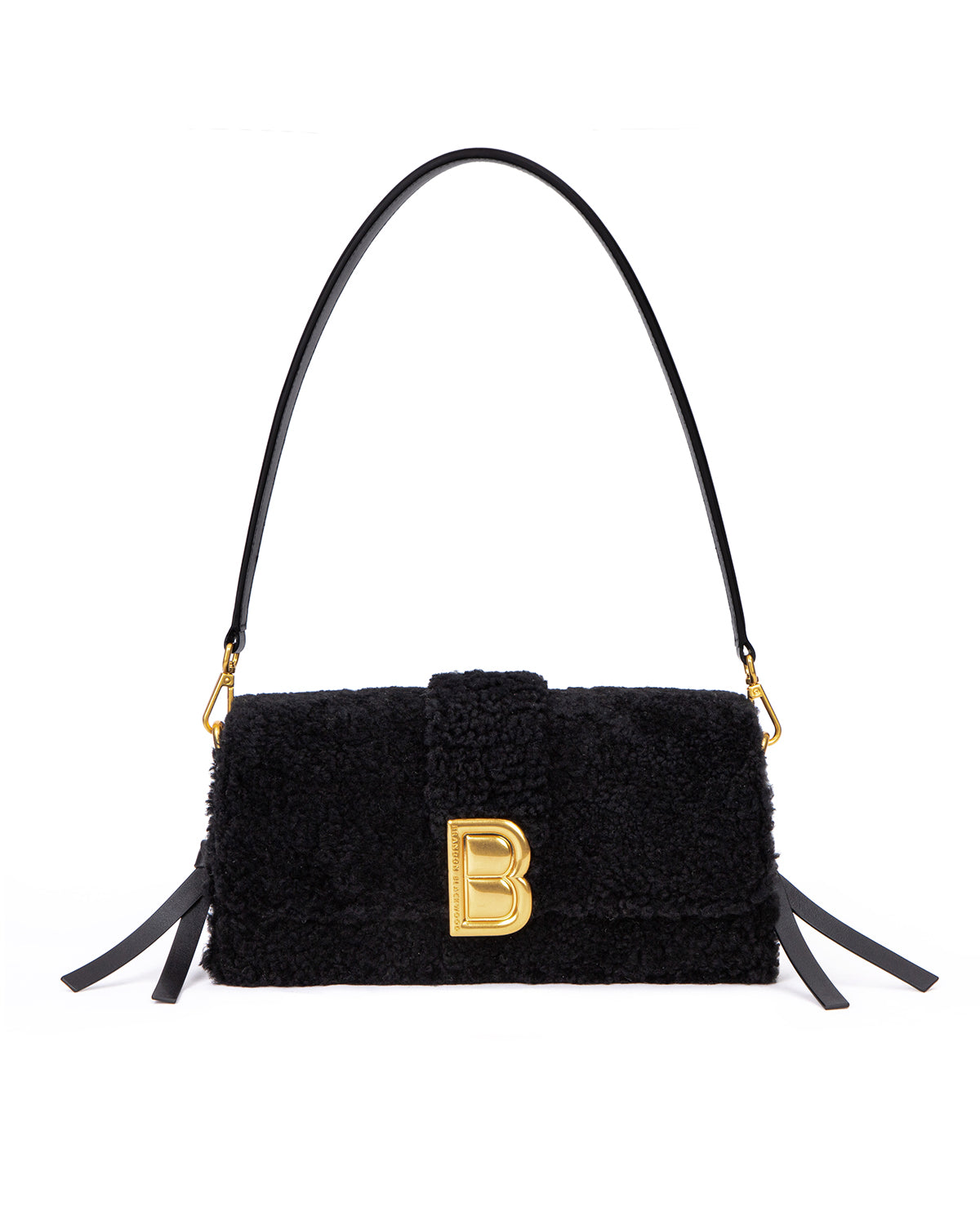
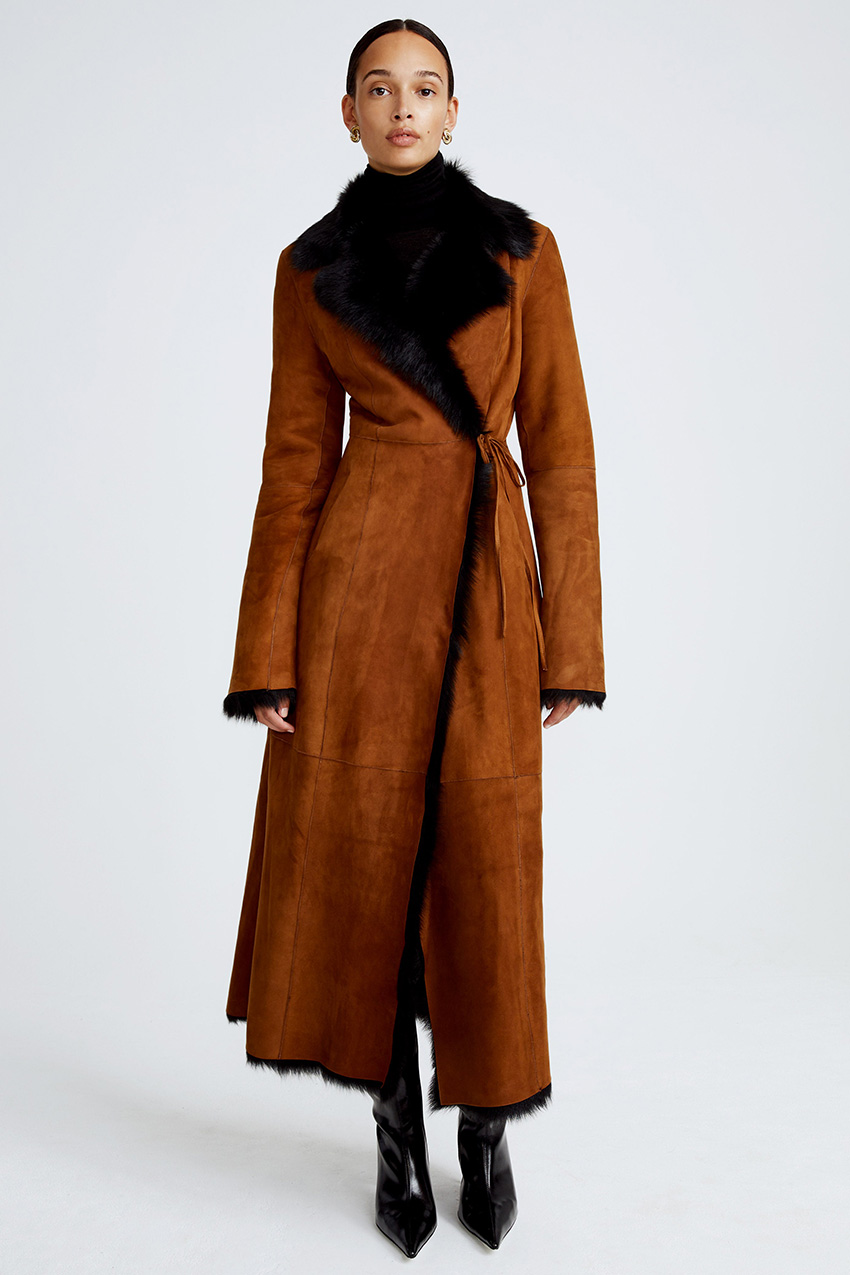
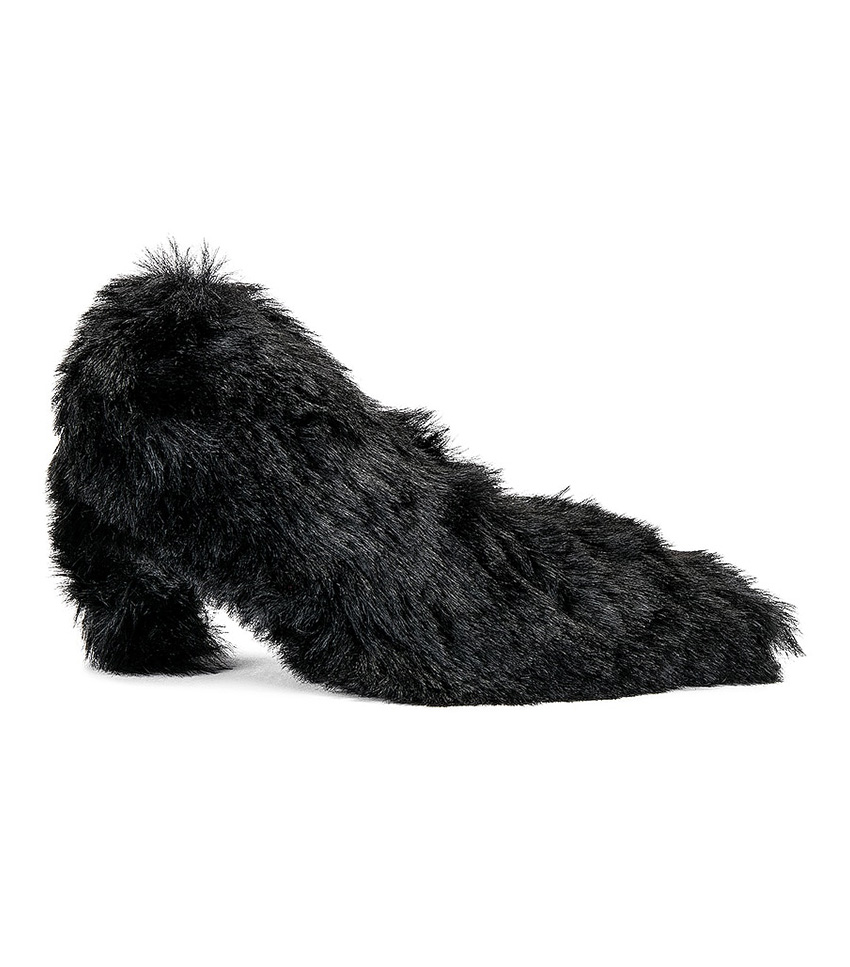
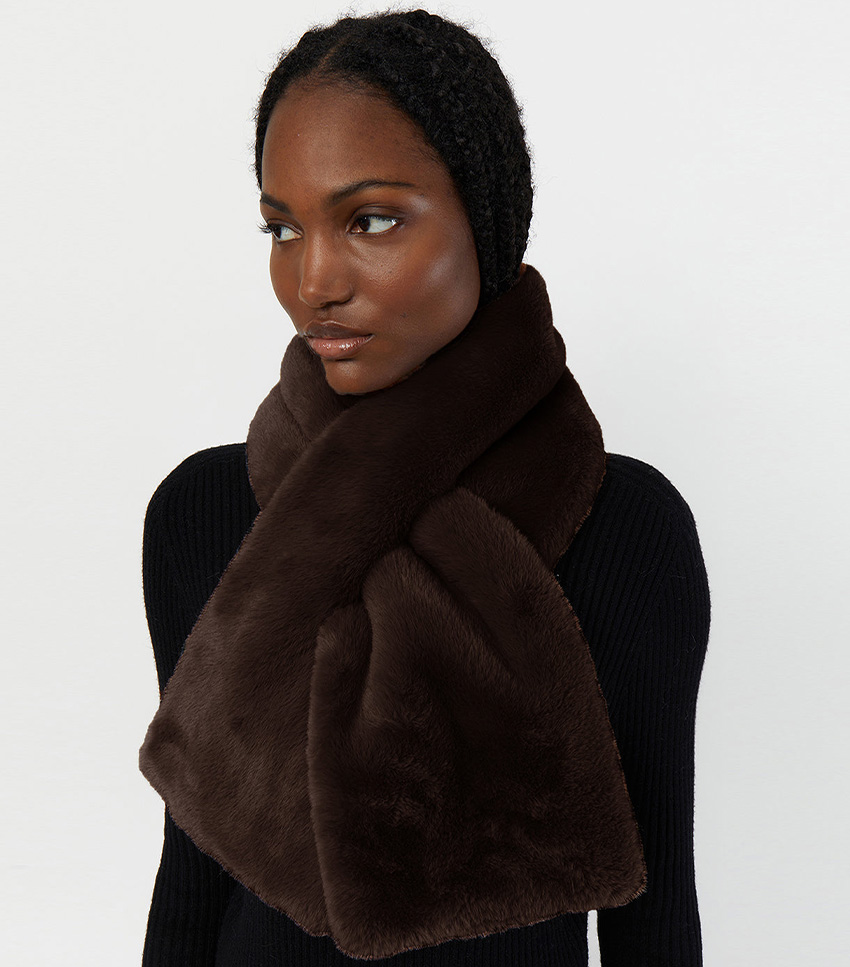
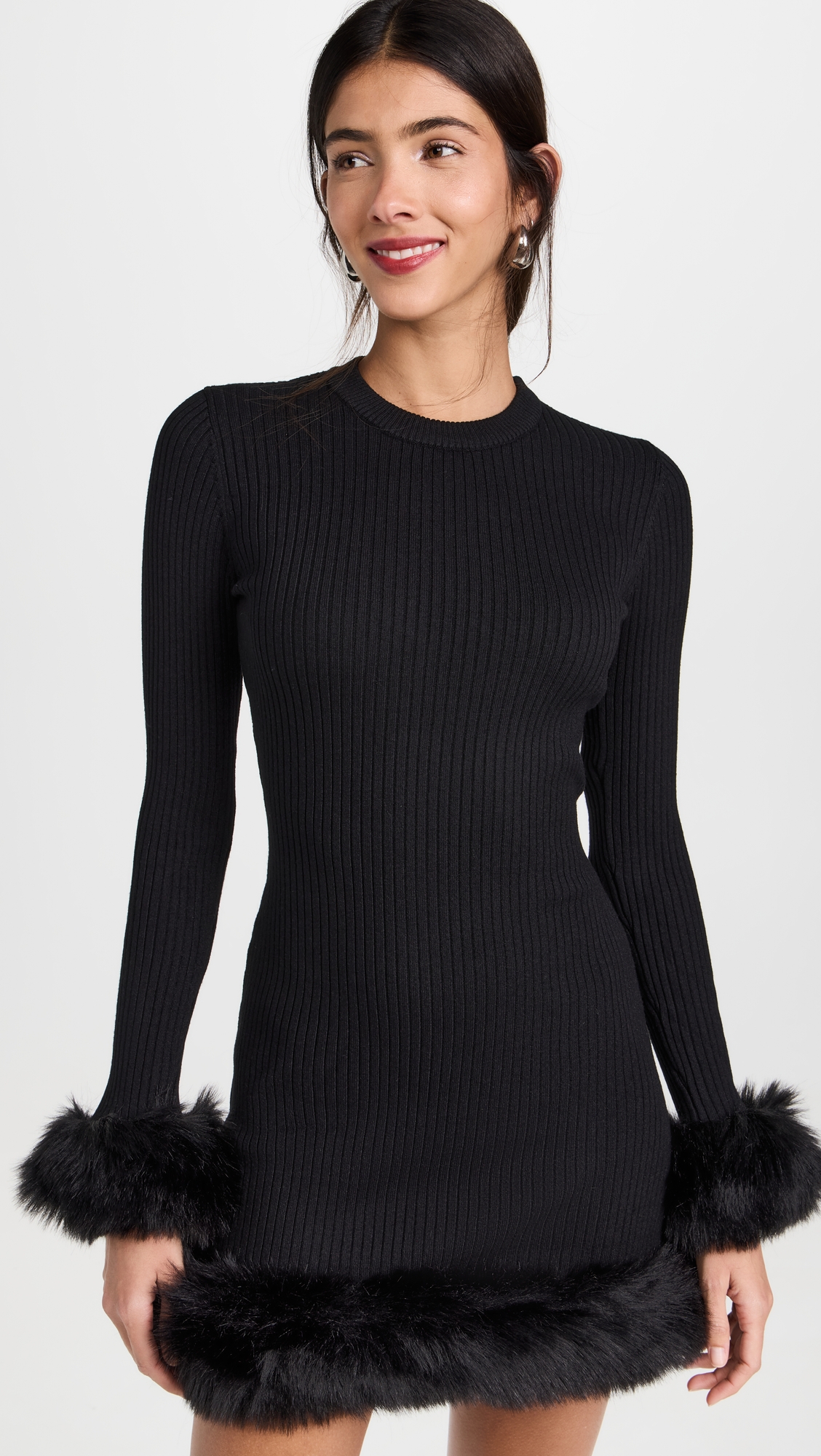
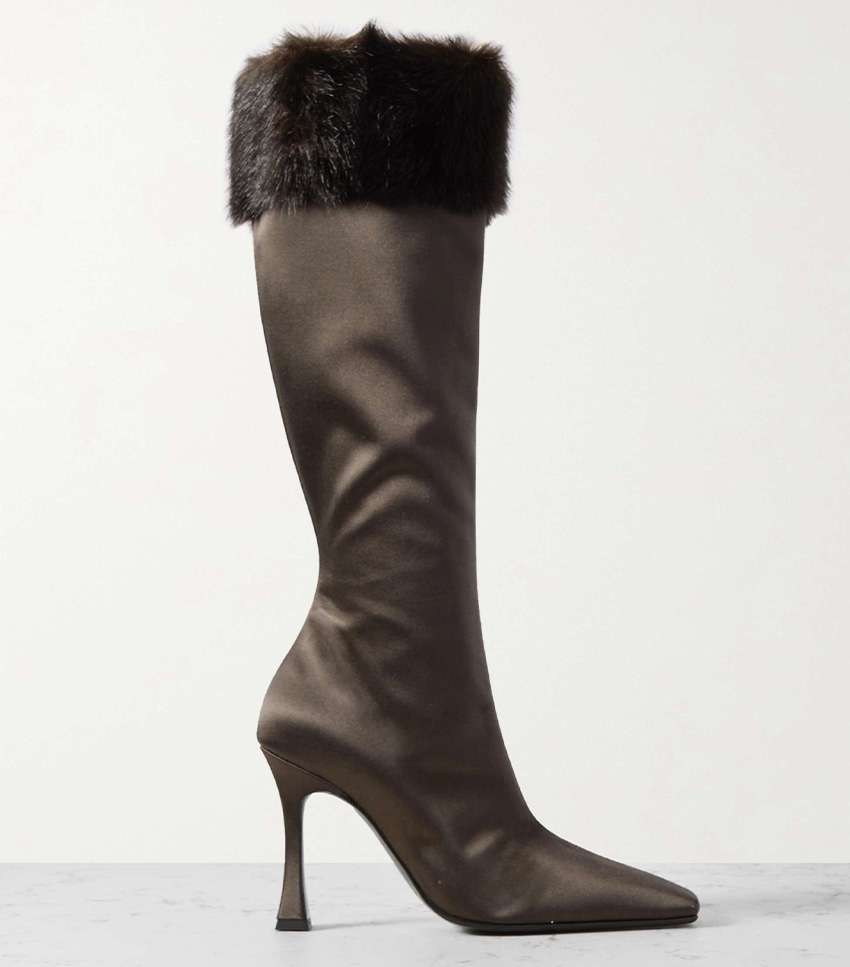
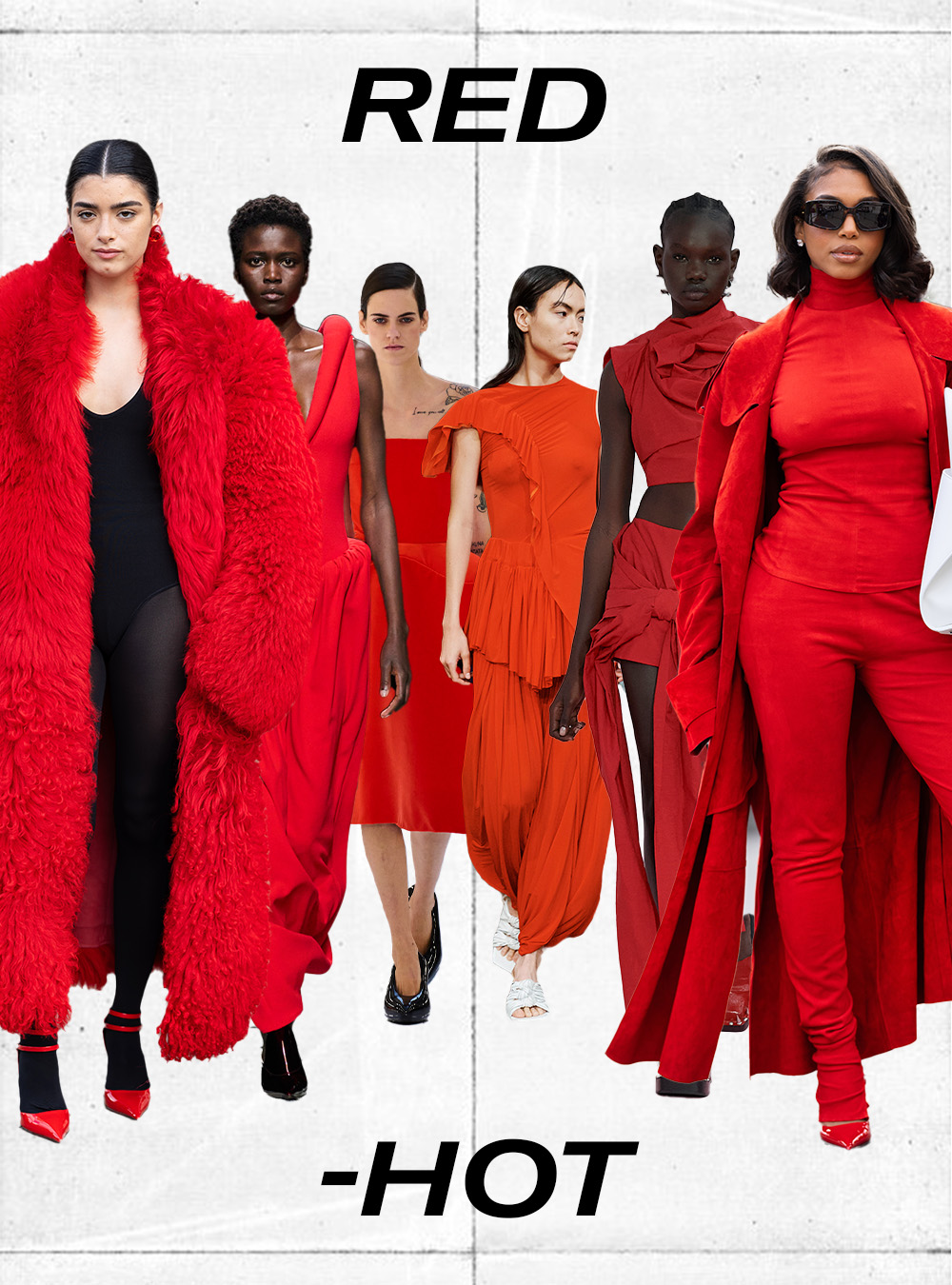
Without a doubt, the events that took place in wider society this year played their part in what trends reigned supreme, but they weren't the only cards on the table. In an almost Game of Thrones fashion, we saw the biggest switch-ups in the lines of succession, or in fashion terms, the creative directors at the luxury houses this year. Just to put it into context, it's been reported that eight designers departed their roles, seven were newly appointed, and multiple designers had their debut collections put into production this year. Basically, there's been a lot happening behind the scenes, which has led to the prolific rise of some brand's popularity in the past year, but none are as noteworthy (at least in my mind) as Ferragamo. It's no secret that the positions of power, even in fashion, have long been (and continue to be) held by white men, despite the industry's touting of diversity and inclusion efforts in recent years. But the game has shifted with the appointment of the British-Trinidadian-Jamaican designer Maximilian Davis at the helm of Ferragamo.
Even though Davis's debut S/S 24 collection was only released a few months ago, its influence has already managed to paint the town red (quite literally). With that first collection and the subsequent F/W 23 collection, we've seen crimson-red cemented as the color of the year. Its popularity has been furthered by the embrace of hue not just in other designers' collections (see Bottega Veneta, Loewe, Ashyln, and Acne Studios) but also by the style set. Everyone has adopted the color this past year—from stars like Lori Harvey and Dixie D'Amelio to the fashion crowd that's bought into it fastidiously. It's not hard to surmise that part of the appeal of this color is its overall popularity, but we have a feeling it's deeper than that. It's not just that Ferrgamo's new collections are so damn hot (although that helps), but rather that so many people are excited to see themselves reflected in the echelons of high fashion. Davis's work reminds us that great designers should not be judged by the color of their skin but by how they can brighten the world with their work.
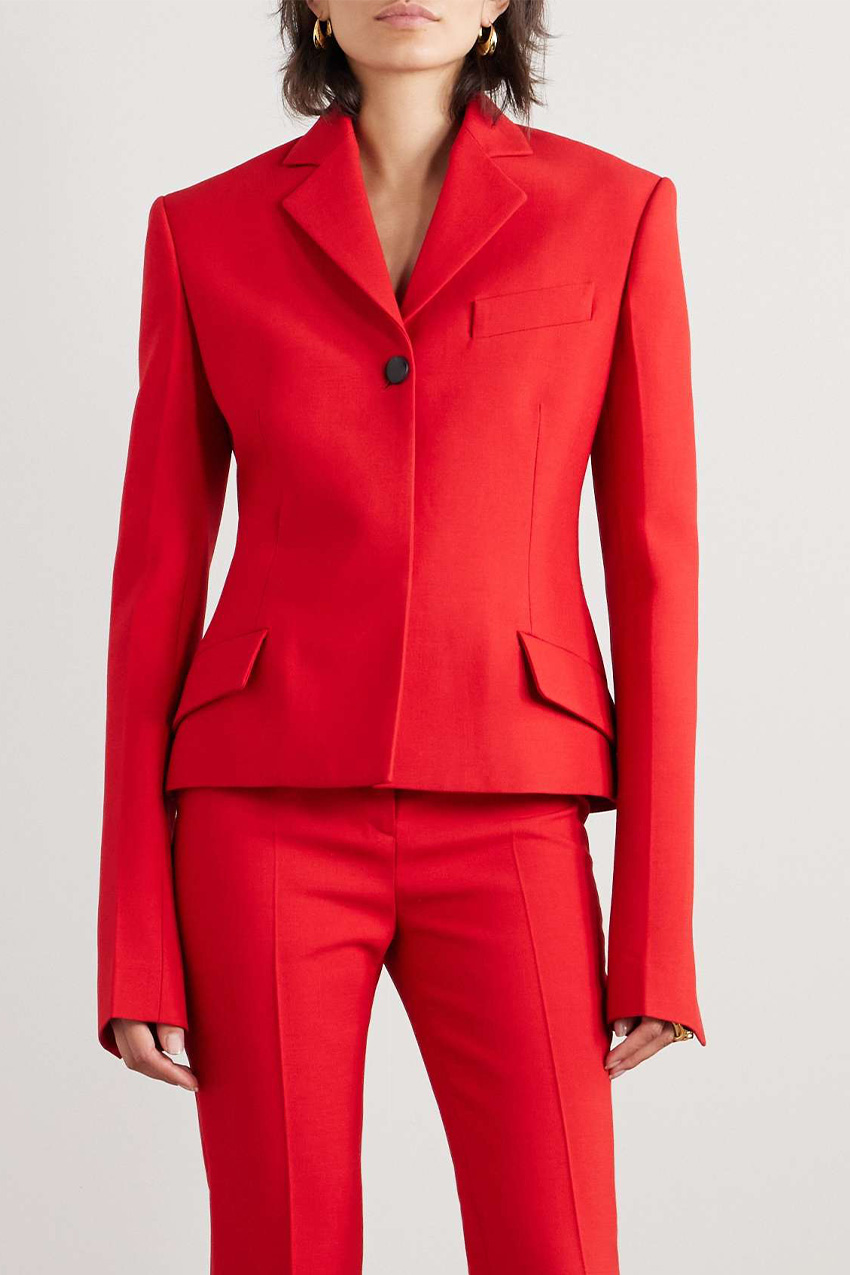
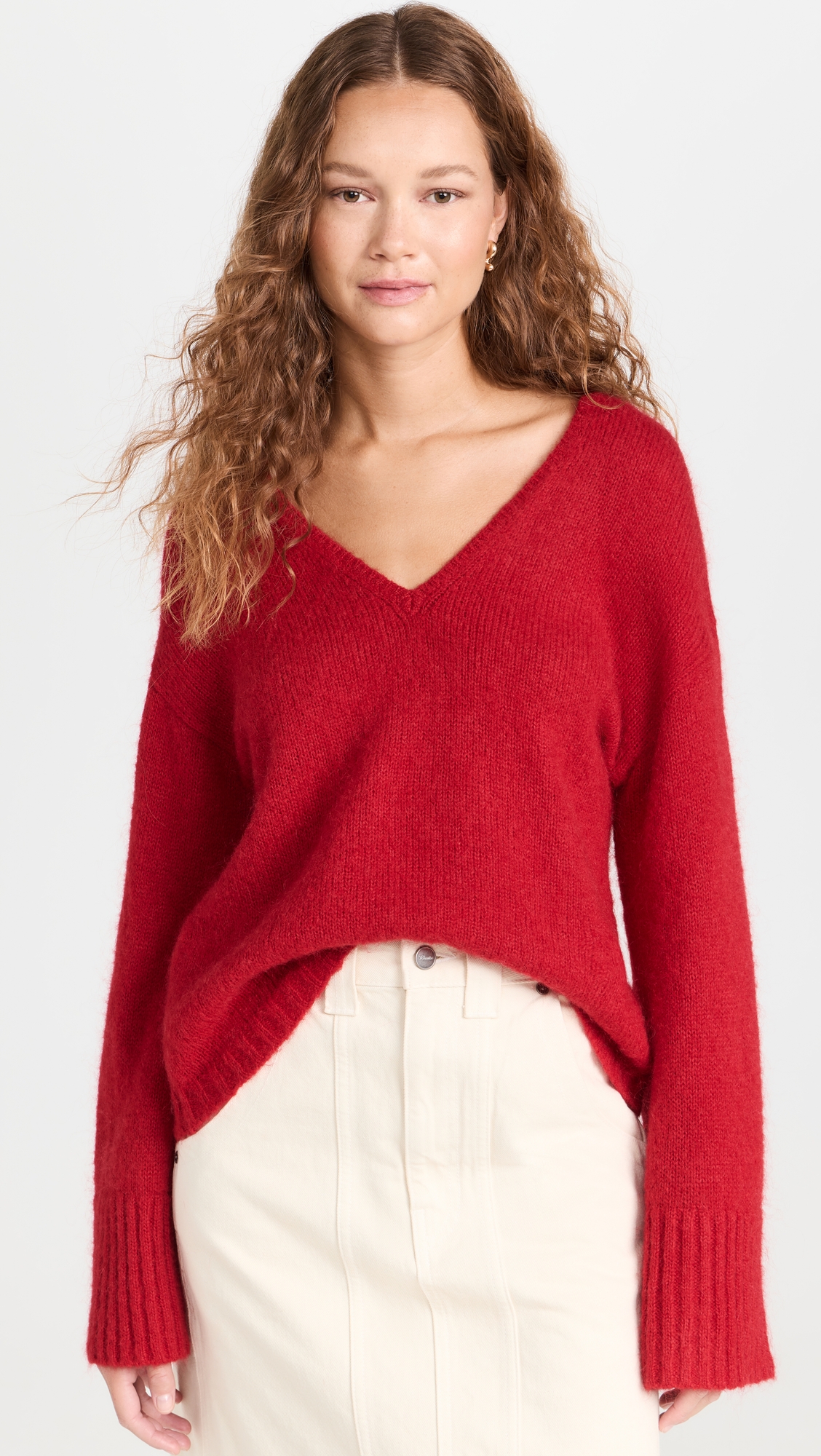
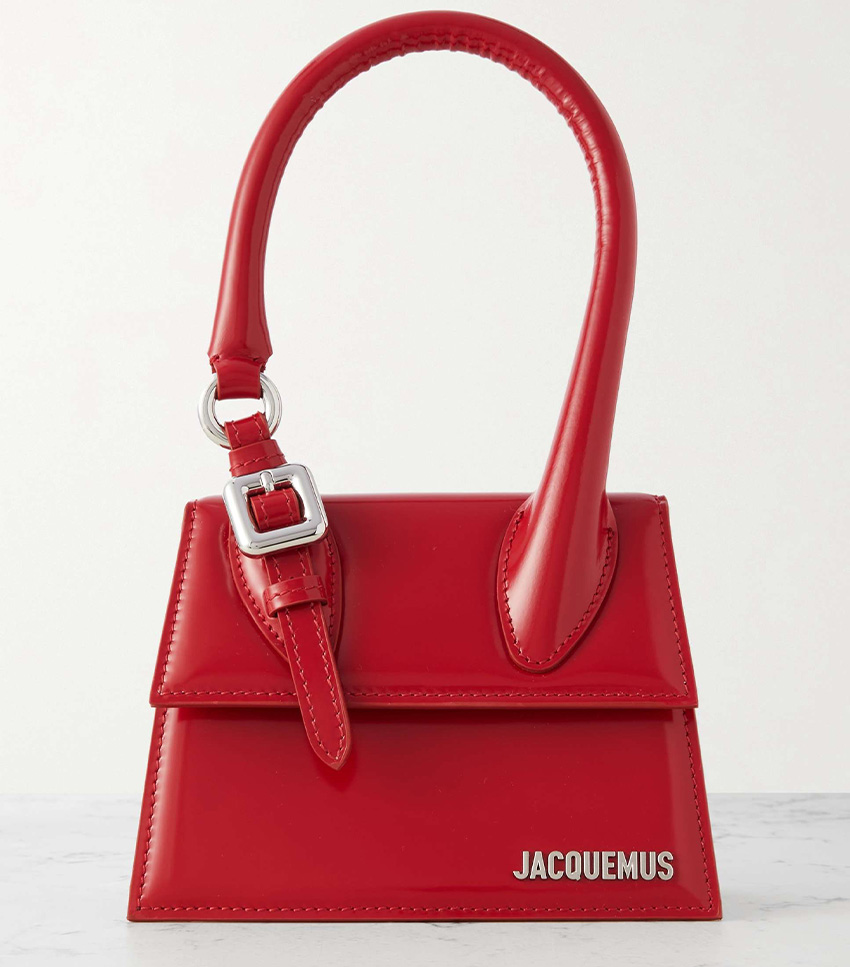
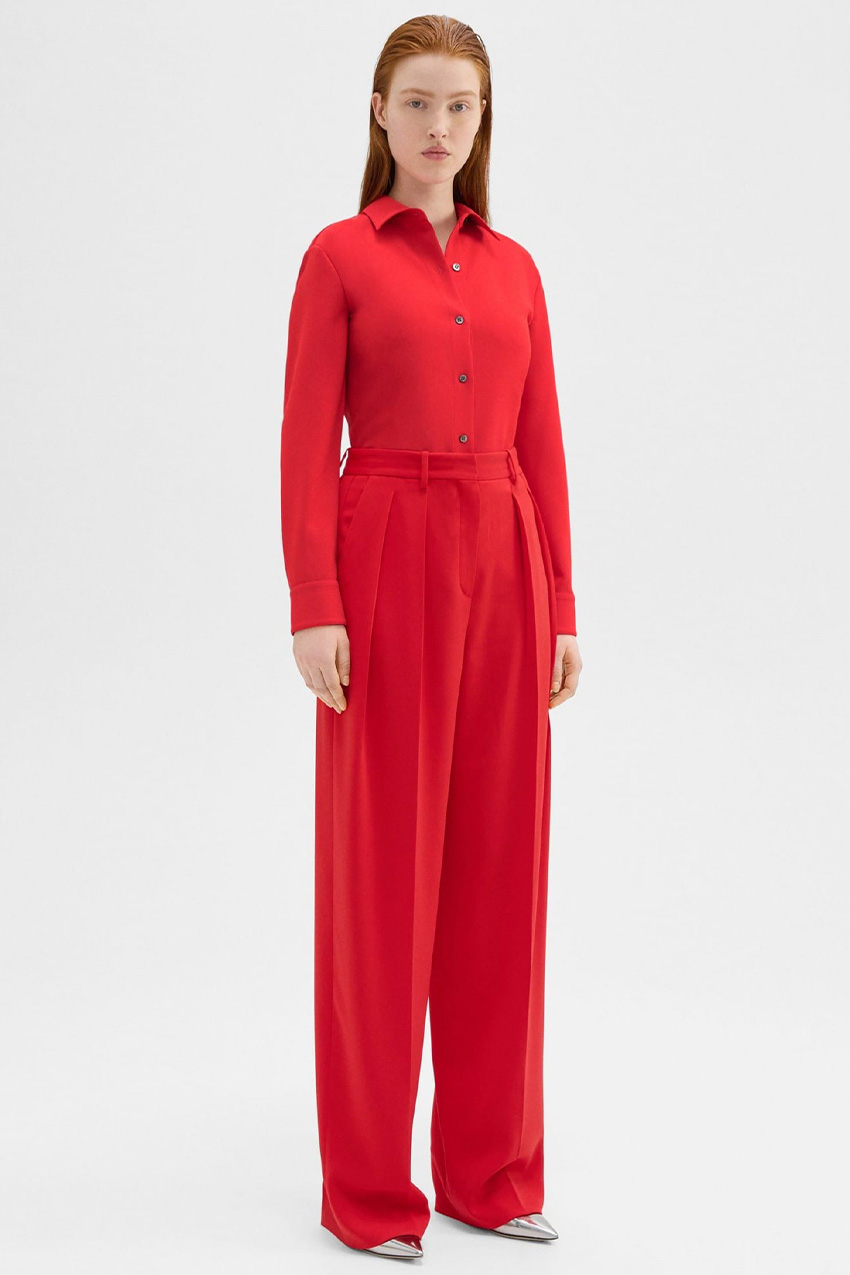
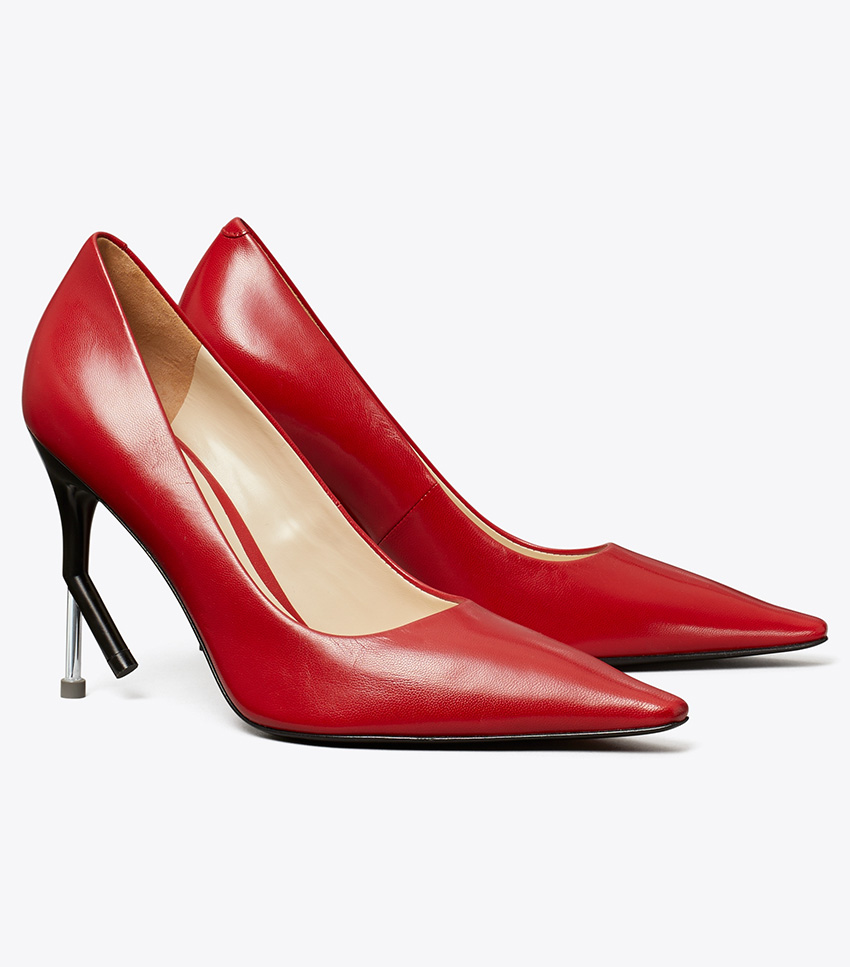
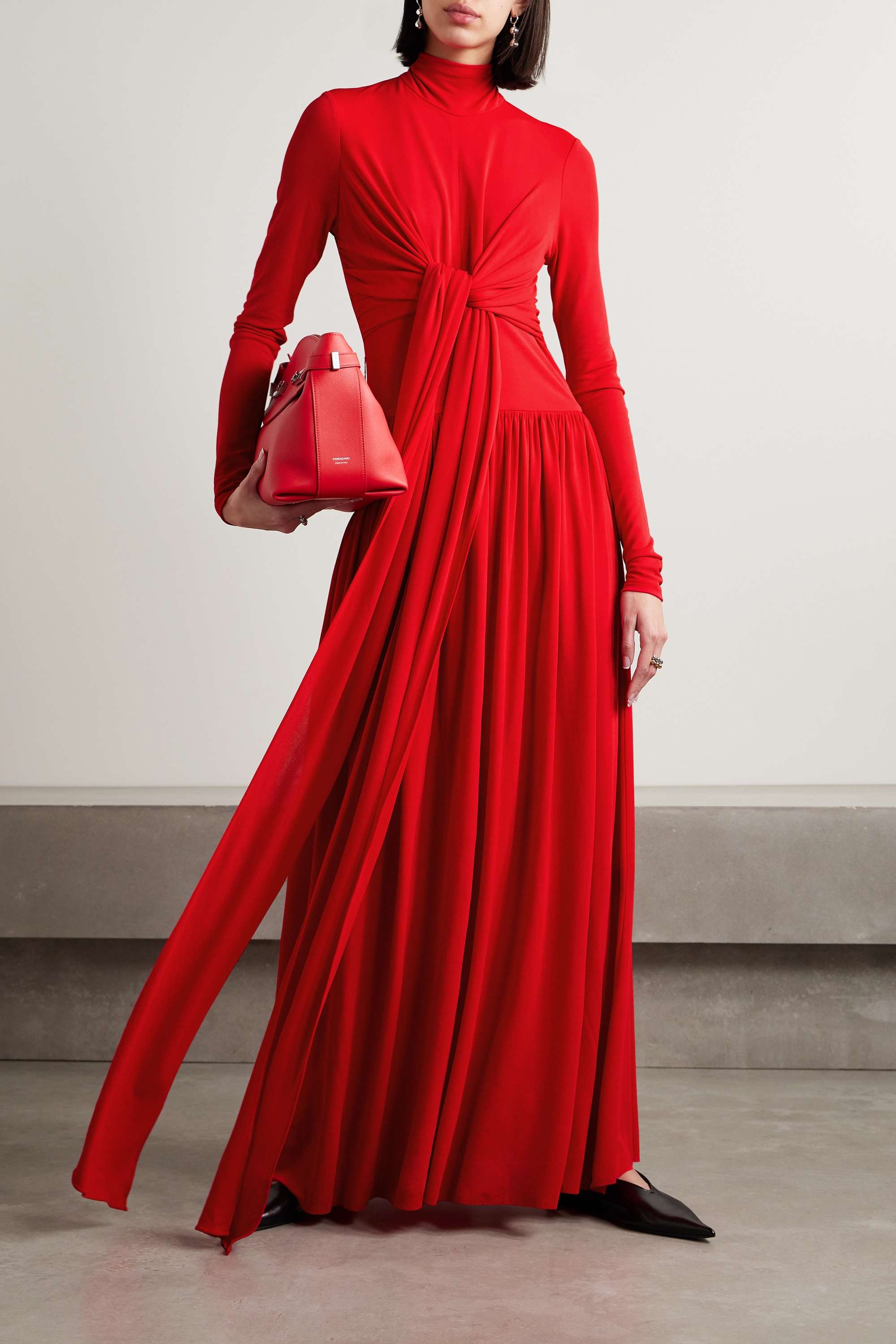
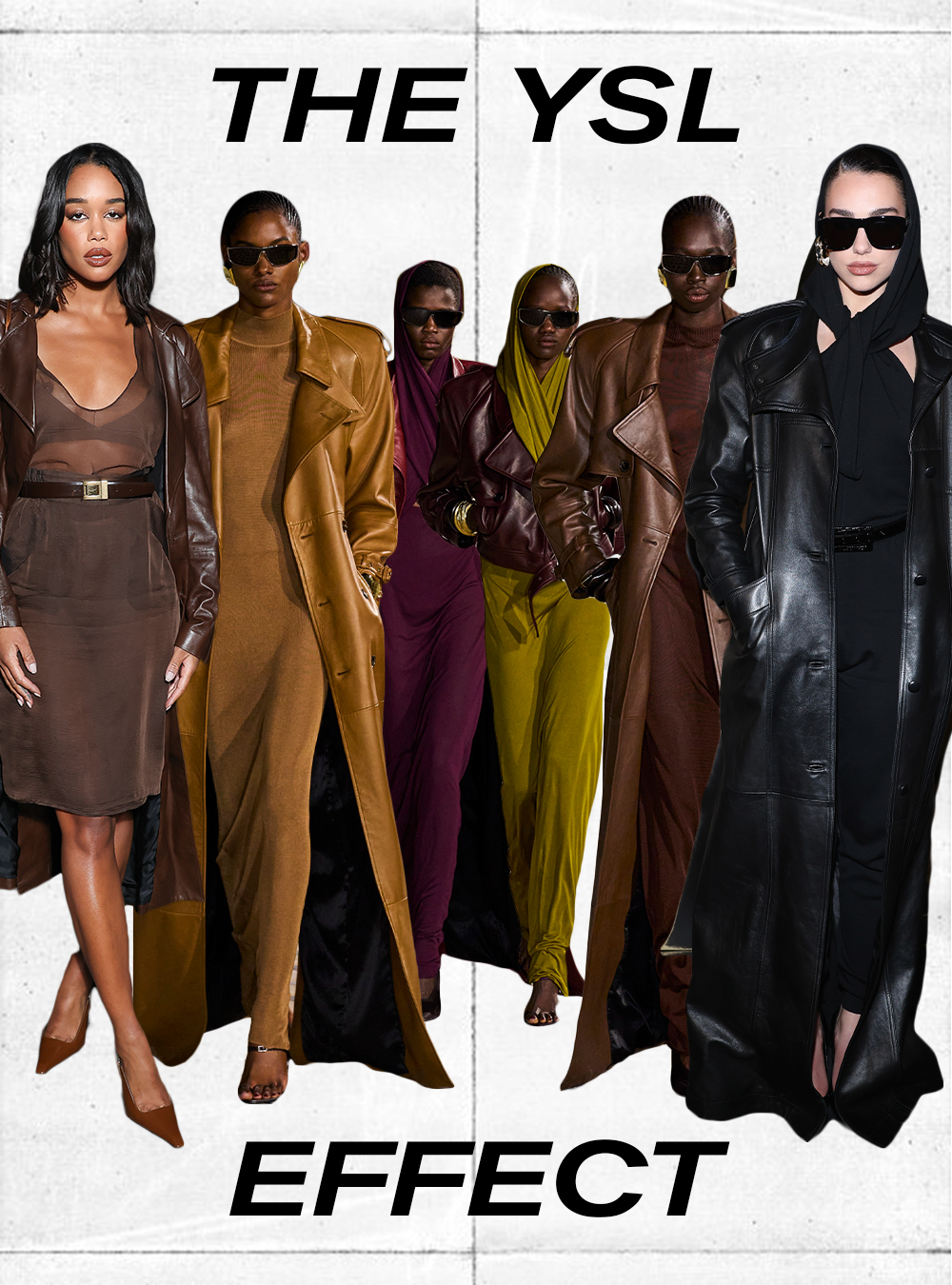
Although we did see a fair share of excitement surrounding the appointments of new creative directors—e.g., Maximilian Davis to Ferragamo, Matthieu Blazy to Bottega Veneta, and Sabato De Sarno to Gucci—the "fresher" faces in fashion weren't the only ones who held a grip on the fashion girls this year. We saw one particular industry veteran captivate the fashion crowd's attention this last year, Anthony Vaccarello of Saint Laurent. One could argue that if any brand set the tone for what was stylish this year, it was Saint Laurent. In Vaccarello's S/S 23 collection alone, every major trend of the year was reflected: Leather coats? Check. Longline hemlines? In tow. '80s-inspired jewelry? Stacked to the max. Pointed pumps? Plenty of those. I could go on for hours, but I'll spare you as there's a whole other season that was just as influential. Just know that when it came to luxury brands that put fashion into high fashion, Saint Laurent was it this year. And that fact wasn't something that was lost on the celebrity crowd.
You could find the effect of YSL's collections everywhere you looked this past year. There were the more apparent places you'd see the brand's influence—e.g., worn by stars like Lori Harvey and Dua Lipa on the red carpet. The influence also stretched into broader pop culture, as this year Miley Cyrus released her music video for "Flowers," where she's dancing up the side of a mountain in a Saint Laurent gown, naturally. However, the best possible illustration of its impact goes back to how widely the "Saint Laurent look" was adopted outside the spotlight. Even if you couldn't get your hands on one of the brand's coveted pieces, the collections epitomized all the things fashion people look for in a runway good collection: inspiration. Anyone could feel like they came fresh off the Saint Laurent runway if they wore a well-tailored leather coat. Having that type of effect on anyone (and everyone) is something to be excited about.
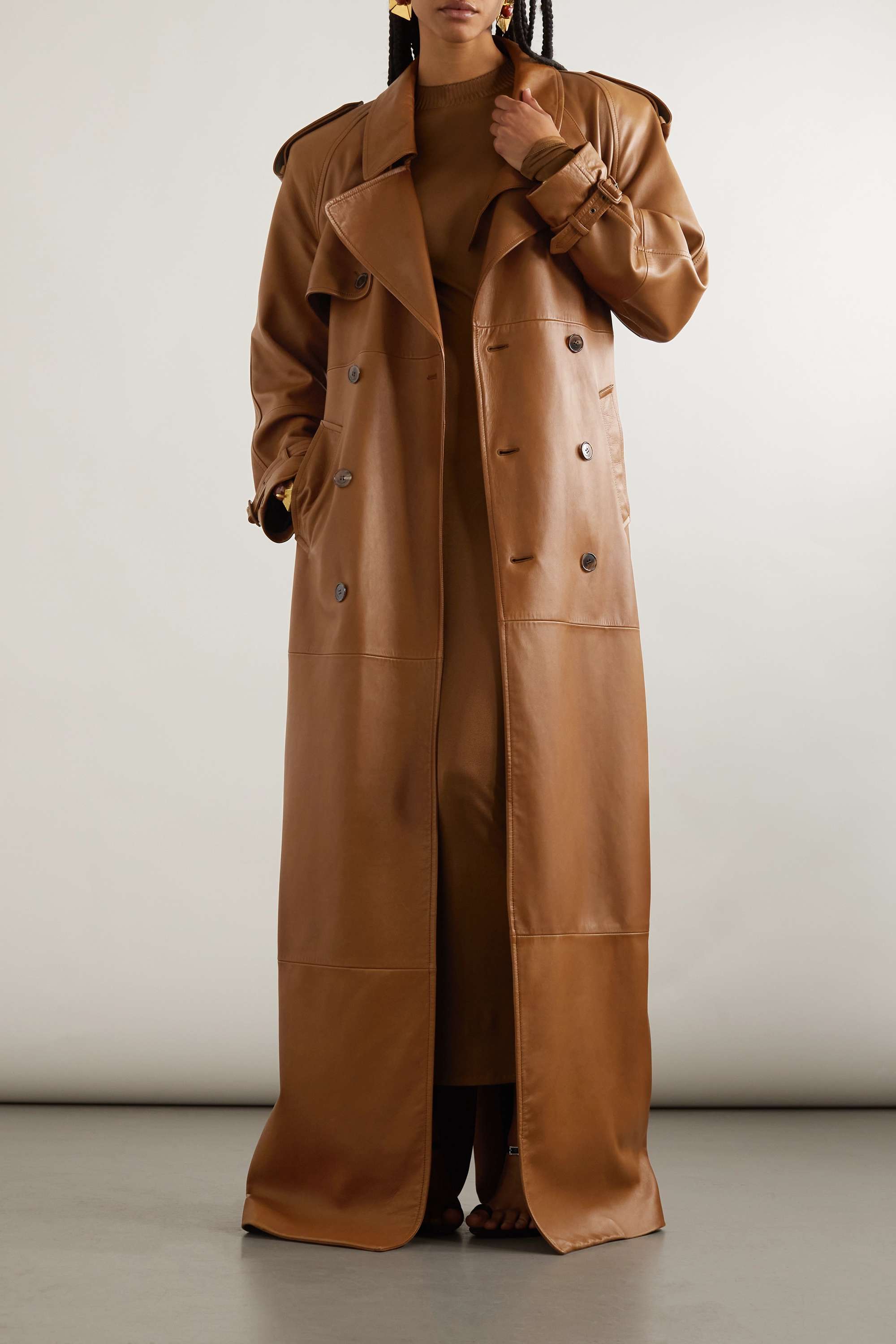
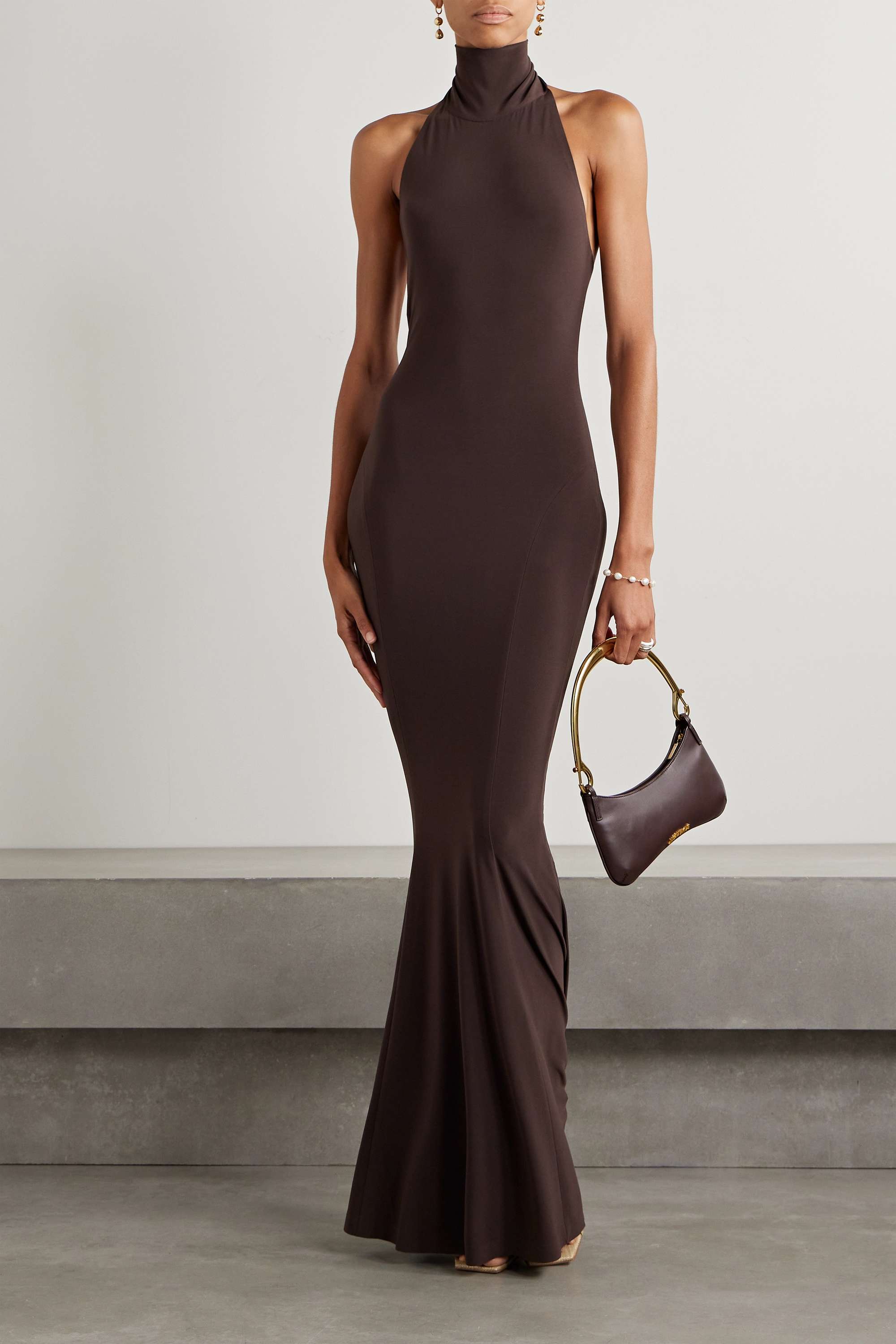
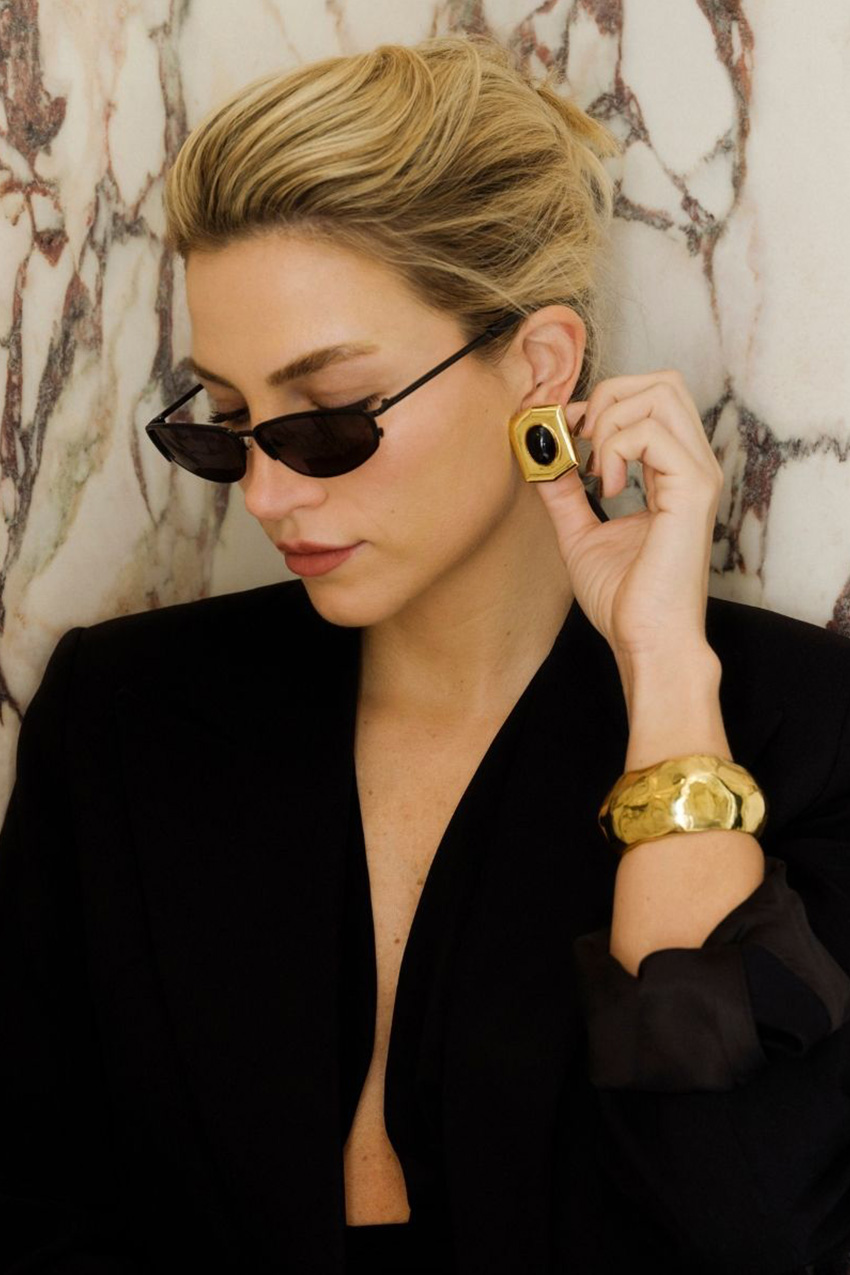
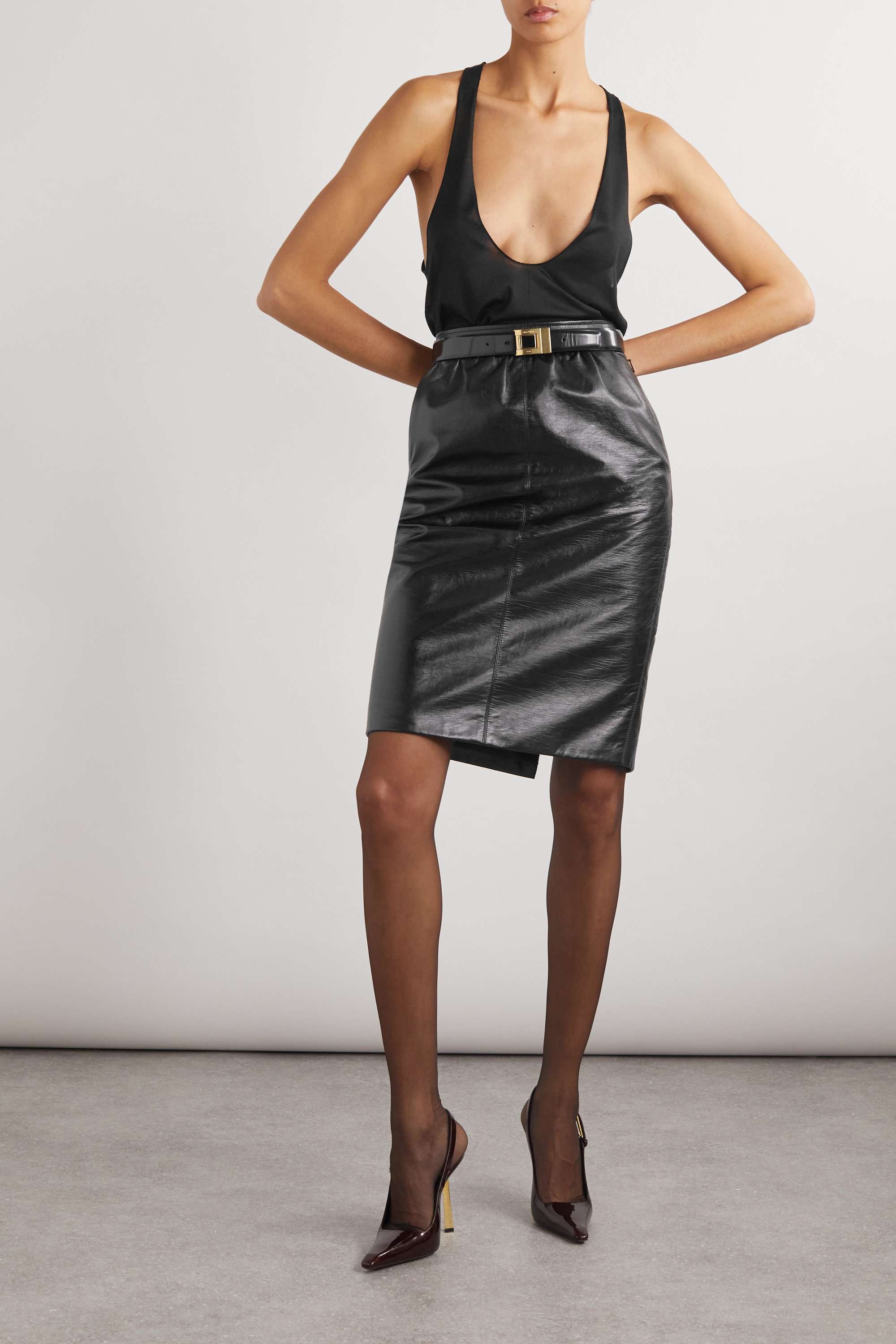
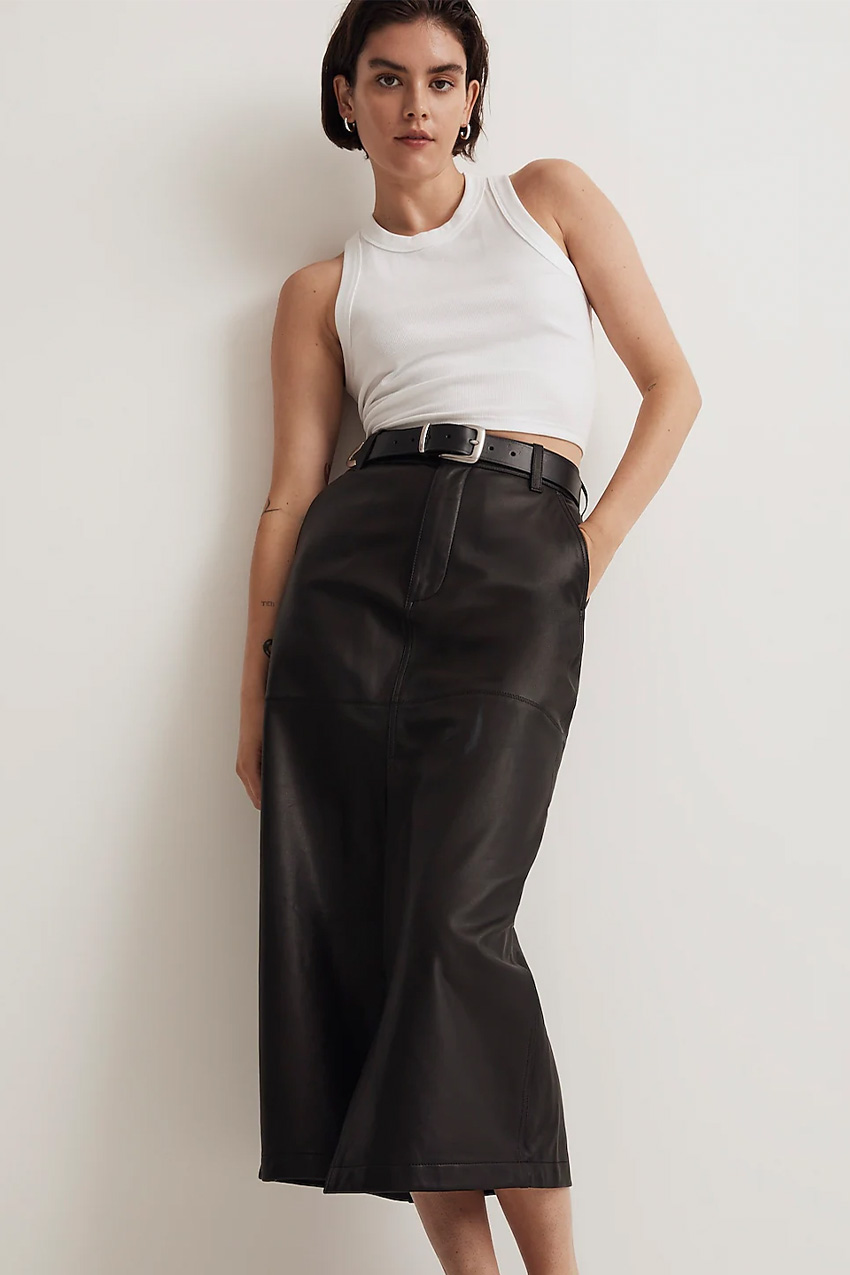
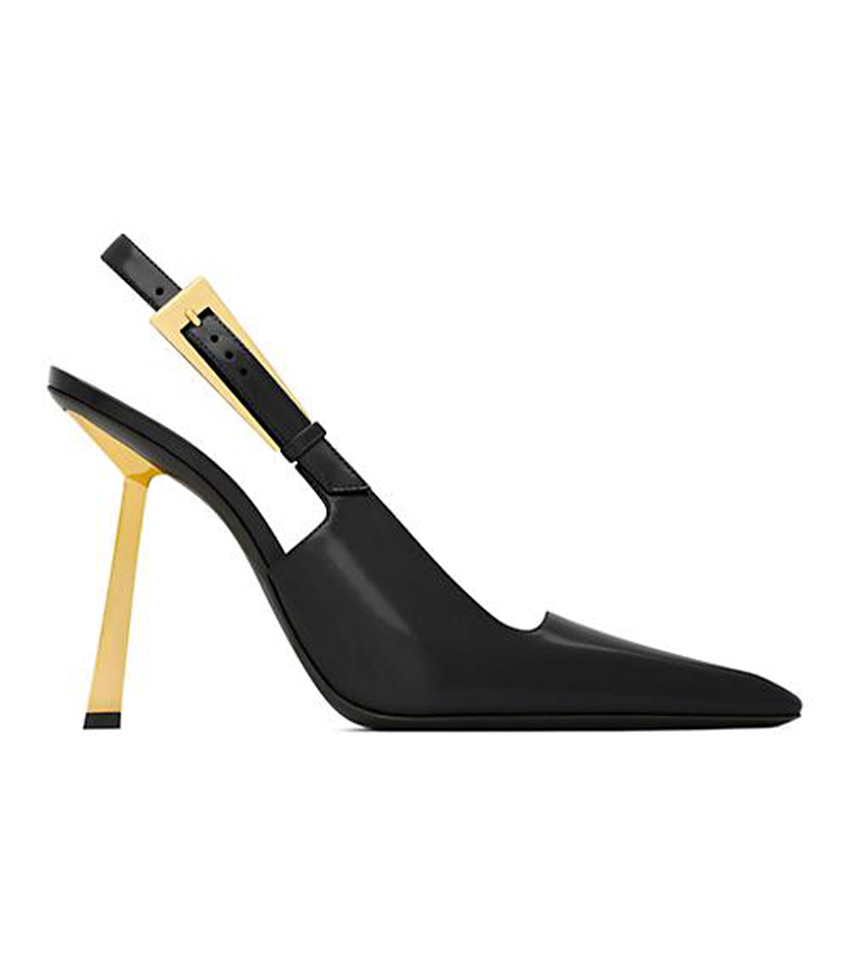
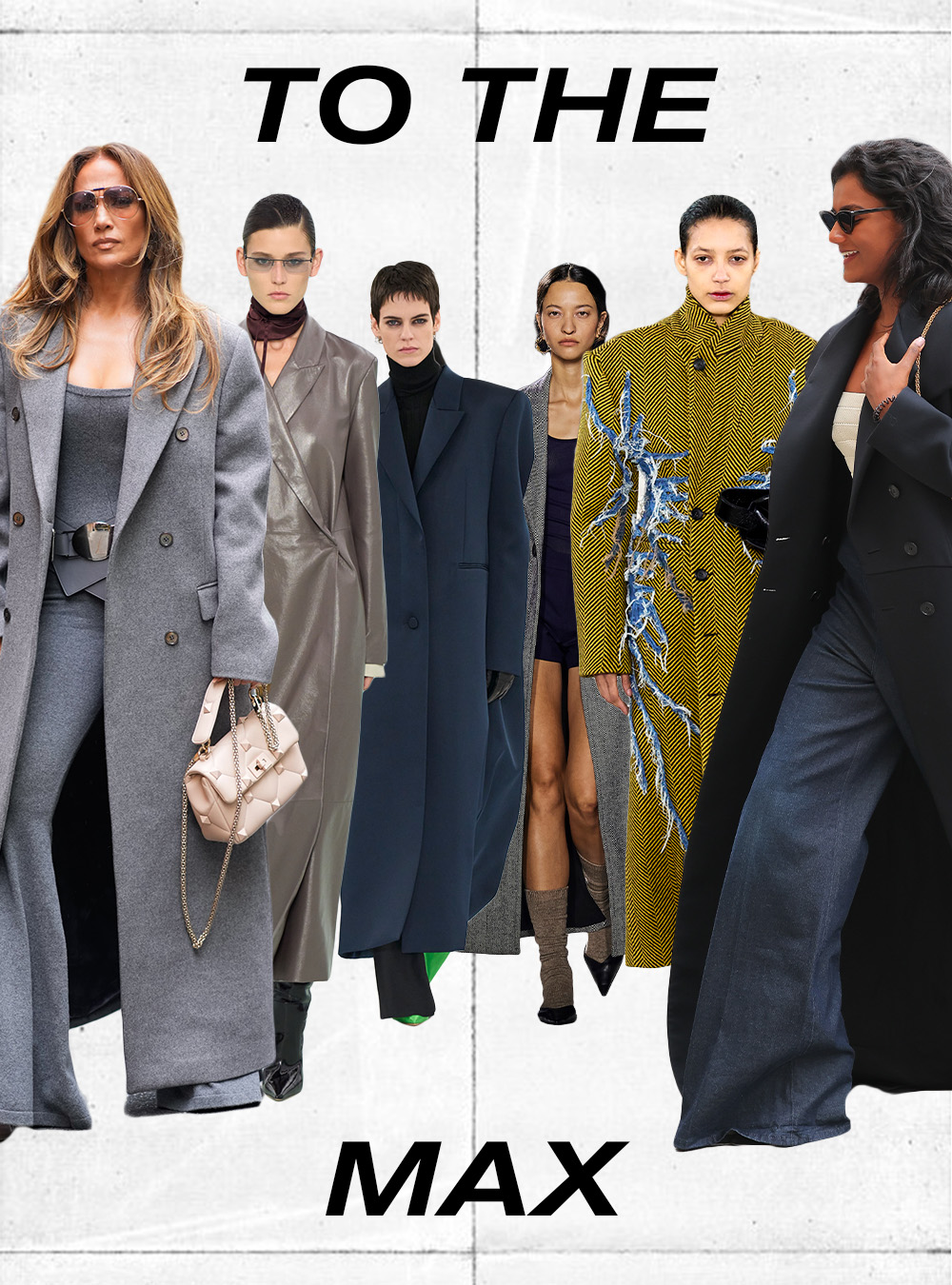
As aforementioned, many of this year's biggest trends drew inspiration from what's happening in wider culture; the maxi-length coat trend was not immune to this pattern. As fashion history has shown us, hemlines always extend in times of economic uncertainty—it came back into style during the Great Depression era, then after the banking crisis in 2008, and now they've made a sweeping return. While precedent tells us that this silhouette was destined to come back into style, it was not the only thing contributing to all the extra yards of fabric this year. One can't deny that all the floor-sweeping coats from Saint Laurent's S/S 23 collection inspired many of the subsequent fall shows—it marked the beginning of designers embracing the silhouette to the max.
Of course, that's not to say each house didn't give the style their own signature spin. For example, Boss sent a maxi coat fashioned from patent gray leather down their F/W 23 runway. While at Y/Project, a herringbone print maxi coat was embroidered with distressed denim. Then, there was Givenchy and Ami Paris, which used styling to make the "simple" silhouette shine by adding leather gloves, knee-high socks, and pointed shoes. Each variation of this trend showed that history may repeat itself, but it by no means has to feel repetitive. That collective approach to recreating the silhouette makes it so appealing to many, as the variation allows it to be easily worn by everyone—even stars like Jennifer Lopez, Hailey Baldwin Bieber, and Simone Ashley.
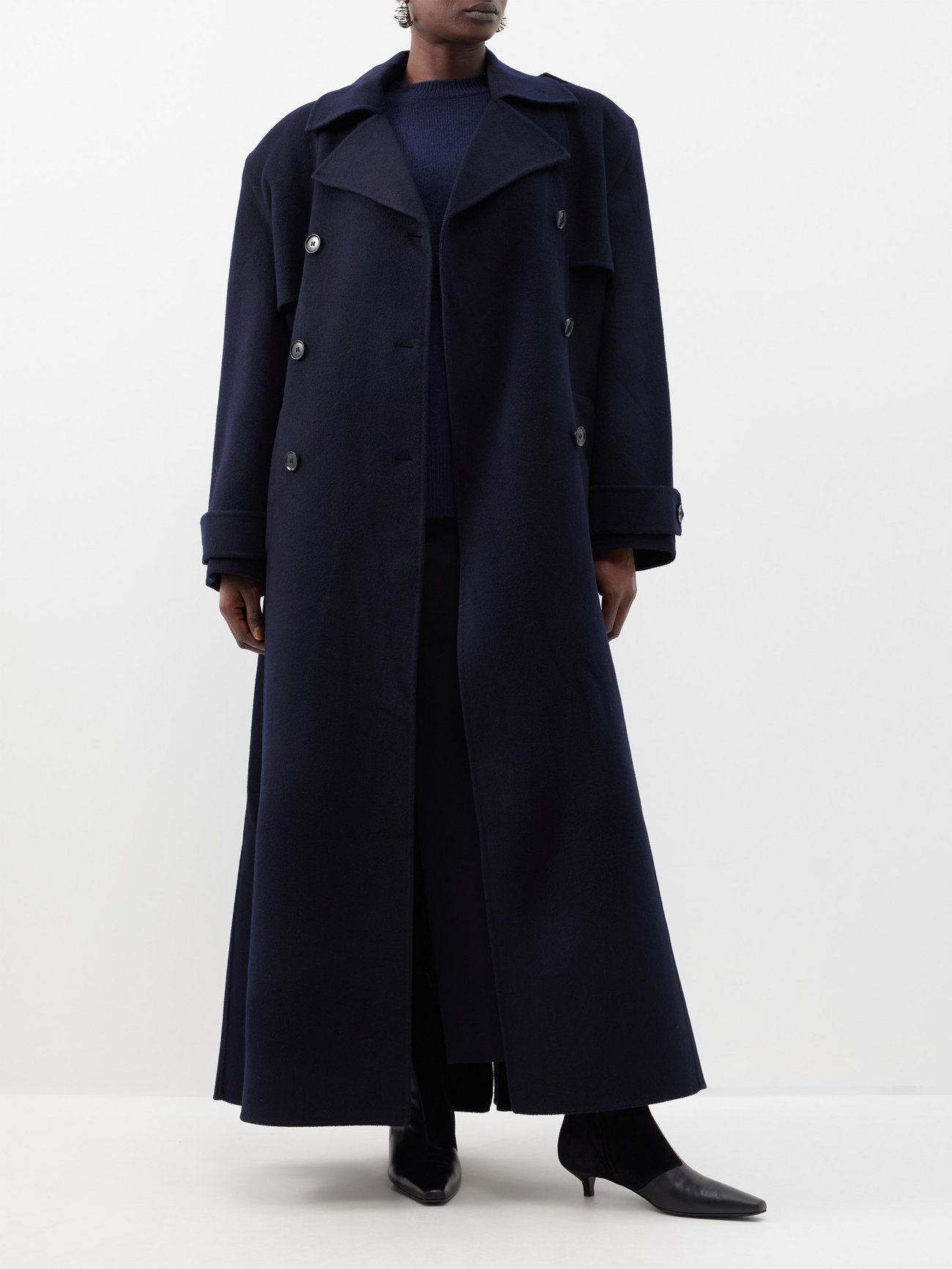
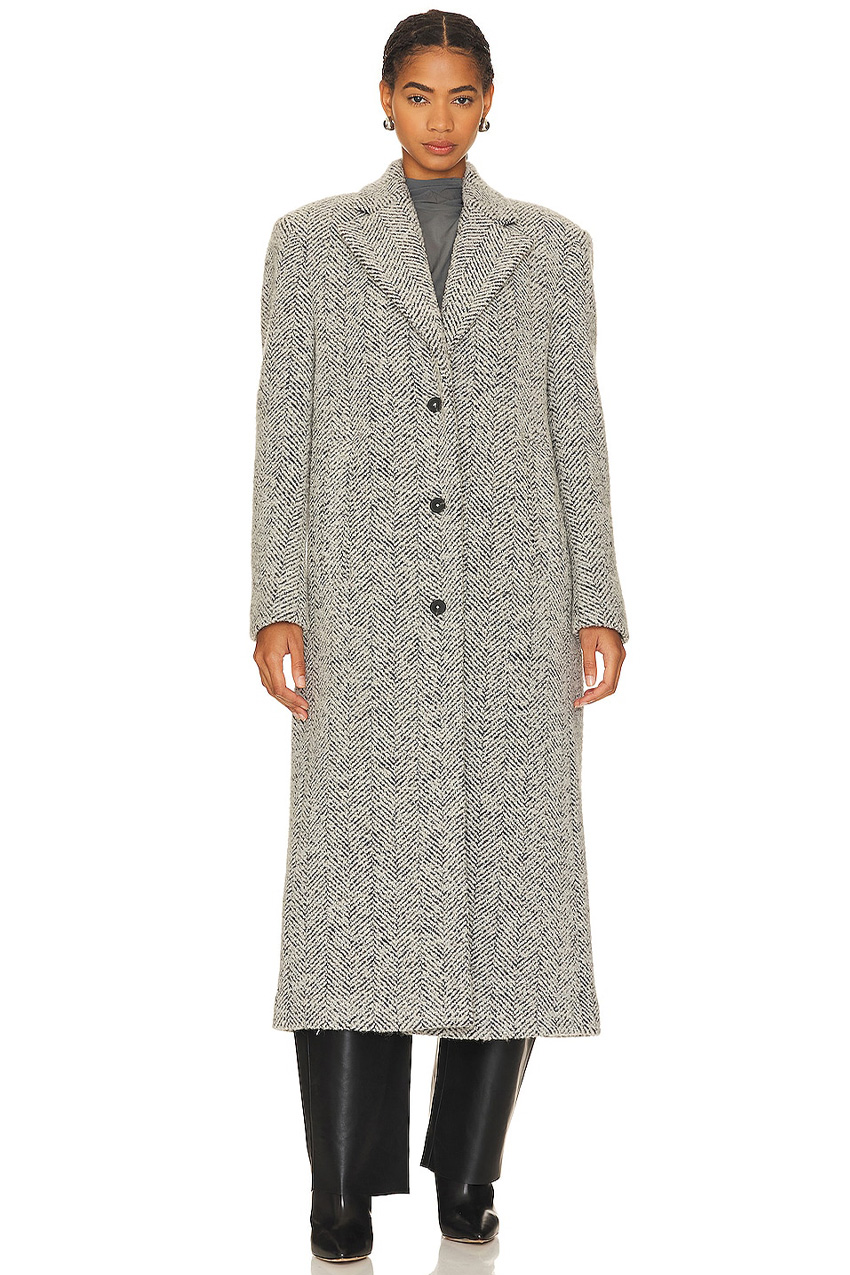

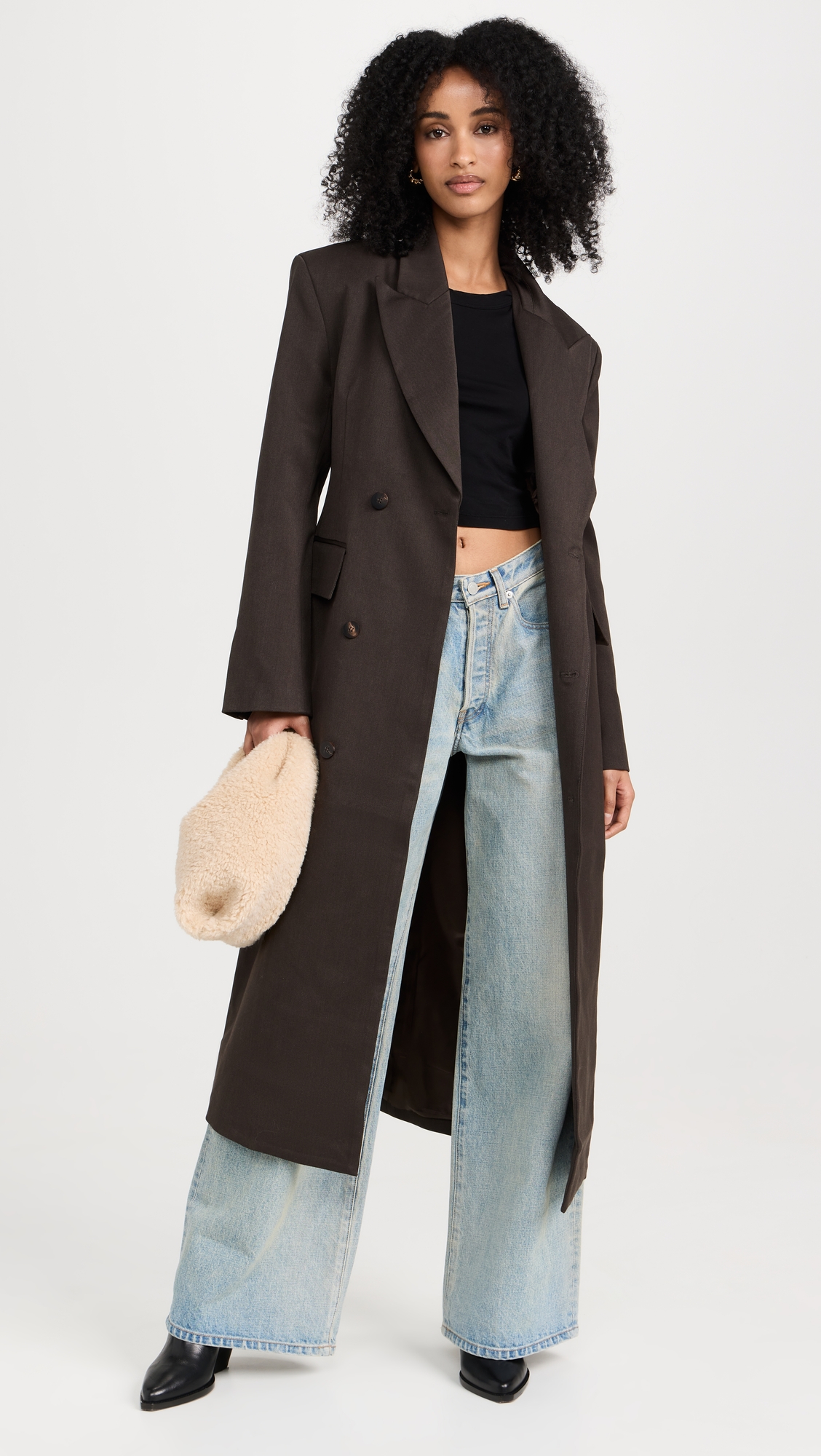
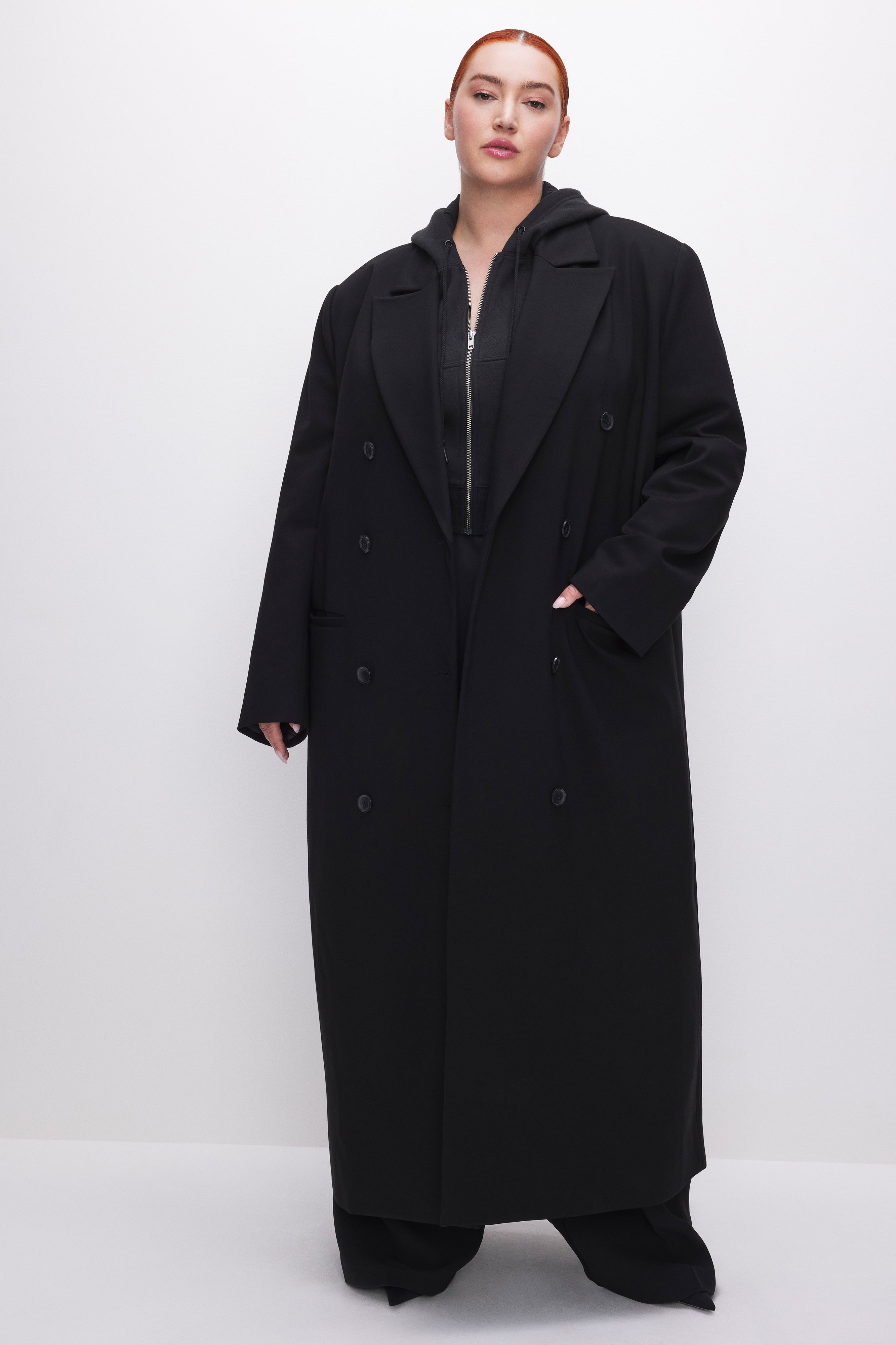
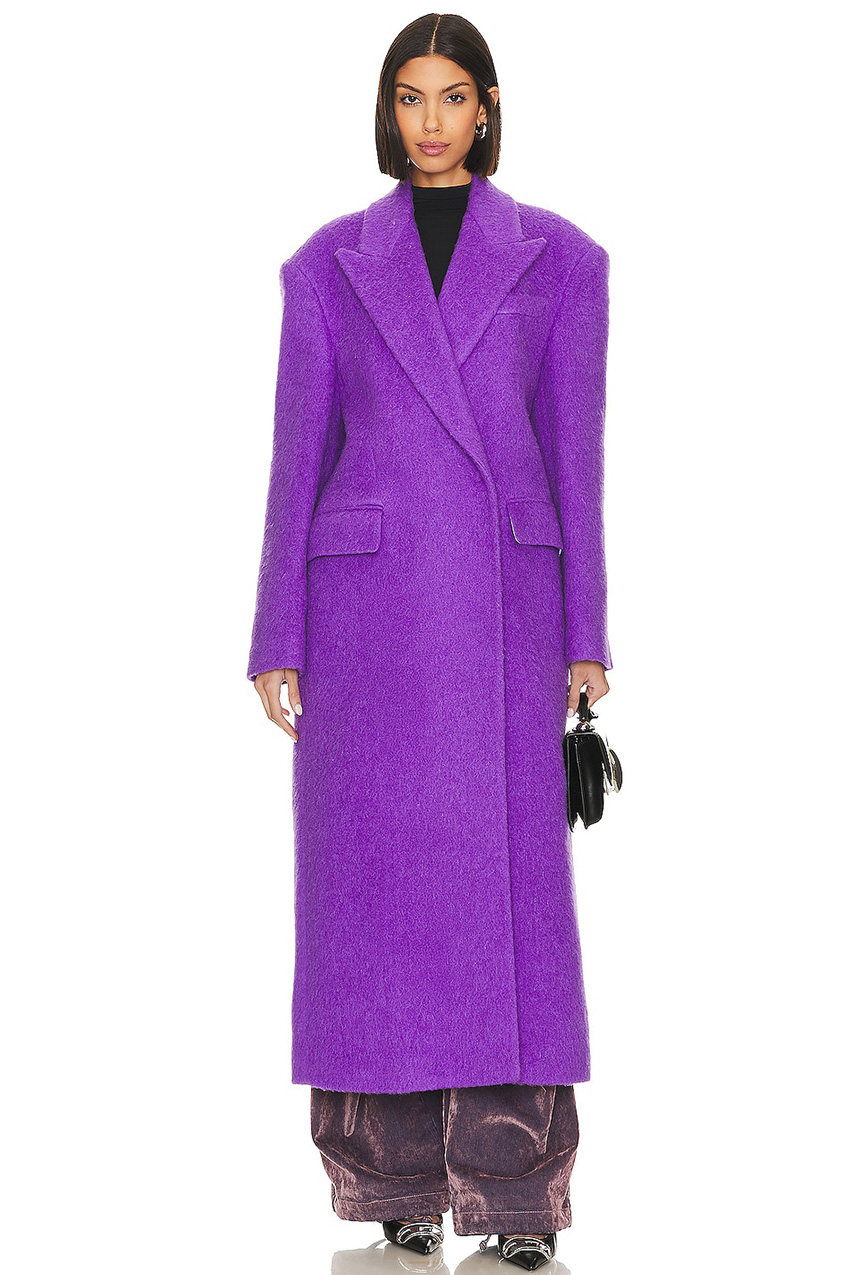
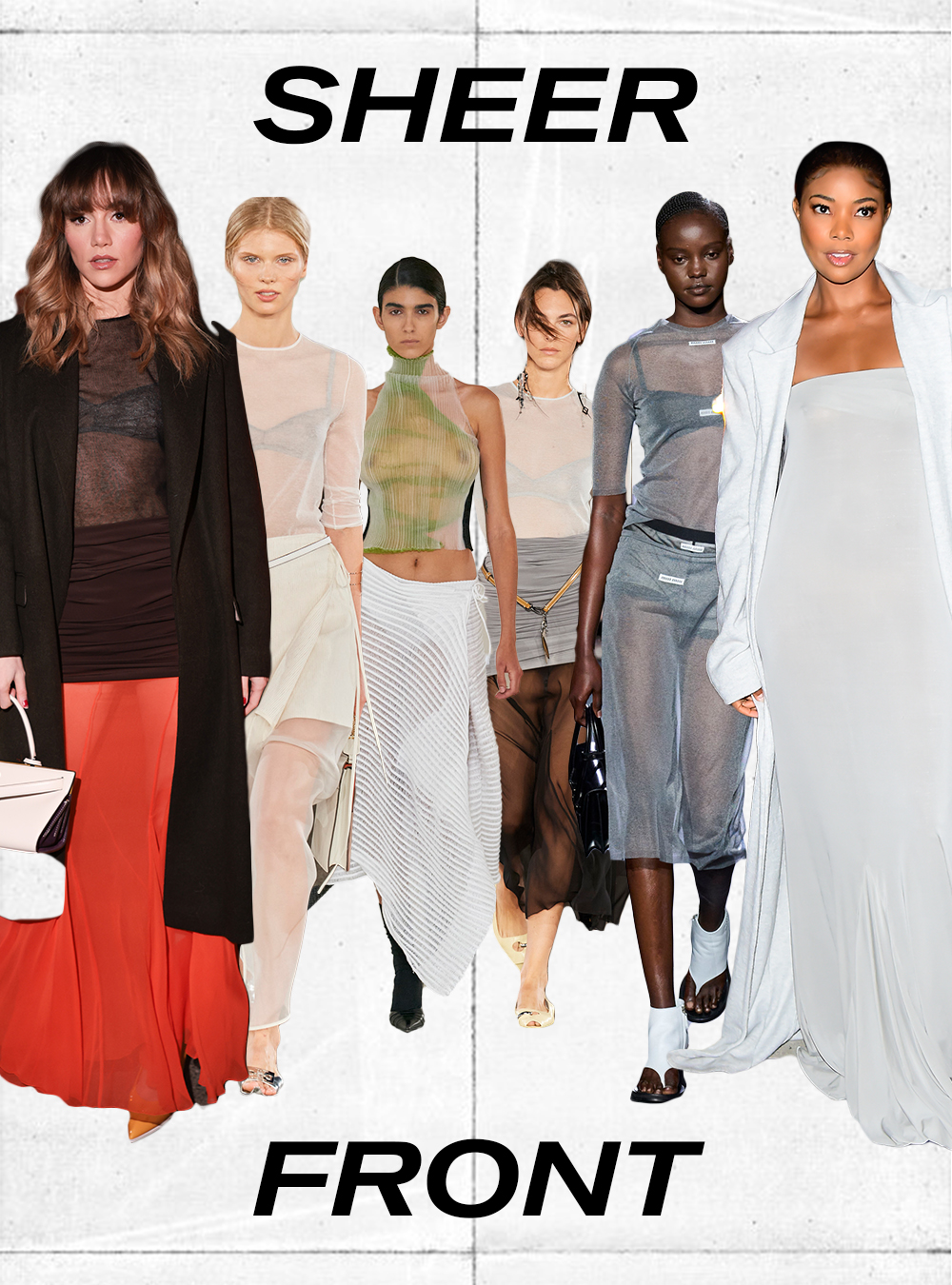
While more modest hemlines may have made a major comeback this past year, you better believe the celeb set was still about their “naked dressing.” Unless you’ve been off the grid, you’re likely already aware that celebrities have a long history of wearing barely-there pieces—refer back to the legendary CFDA red carpet look Rihanna wore in 2014. So, sheer clothing isn’t exactly the most surprising thing to spot on the celeb set at this point. However, that doesn’t mean it didn’t evolve over the past year to feel (and look) a bit different before. Like a cold front that comes in quickly, designers shifted how sheer textiles were used in their S/S 24 and F/W 23 collections. No longer was it about just baring it all, but rather, styling the sheer separates in a way that was, dare we say, more modest.
Just look to Tory Burch’s spring show, in which sheer chiffon was made modest by having the material overlayed over dresses and mini skirts. Or how, at Miu Miu’s spring show, sheer separates were layered on top of each other to draw attention to the underpinnings. And then, there was A.Roege Hove’s spring show, which added a rich texture to opaque separates through plissé. Elevating see-through clothing isn’t always easy, yet designers did just that this past year. Subsequently, we’ve seen some of the most downright stylish iterations of sheer dressing from celebrities this year—look to Suki Waterhouse in head-to-toe Tory Burch or Gabrielle Union in a slate gray semi-sheer gown with a matching maxi coat.

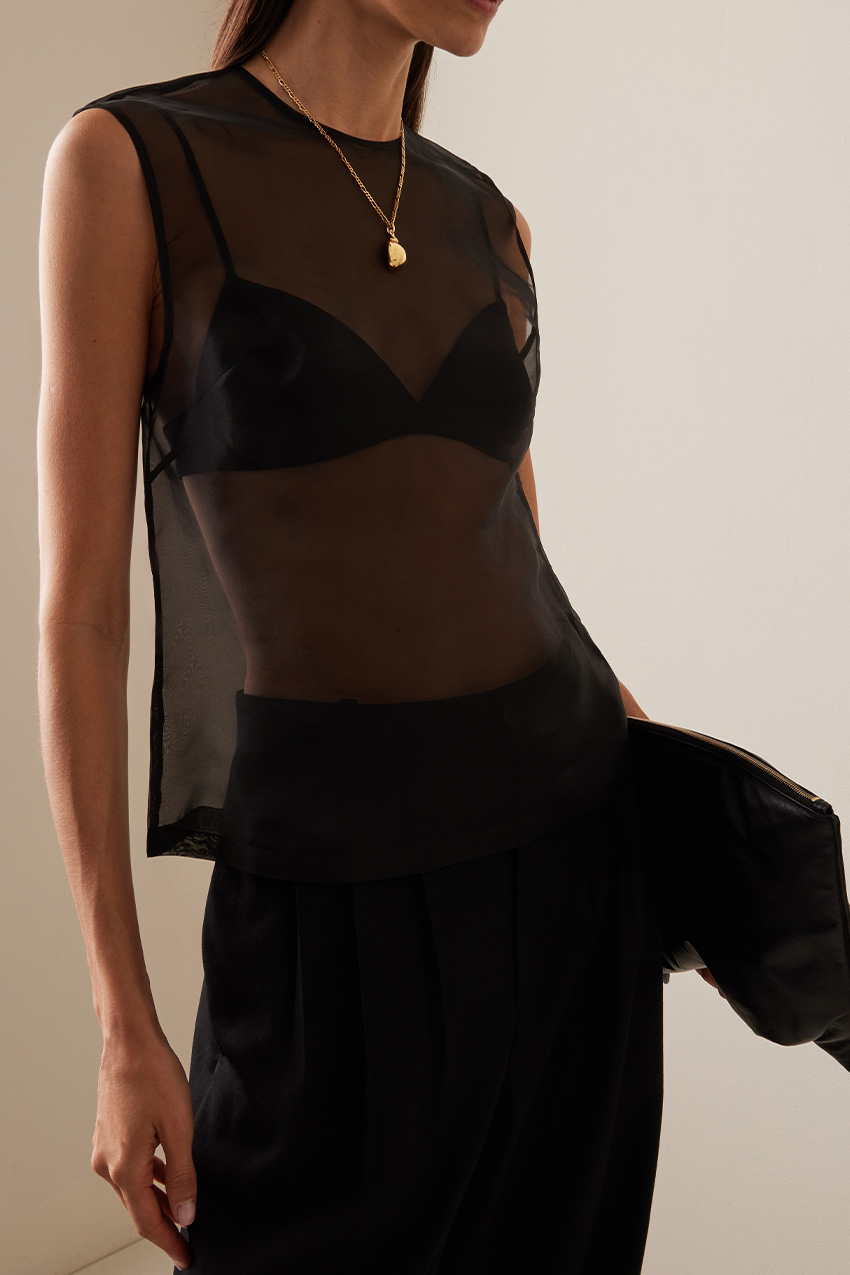
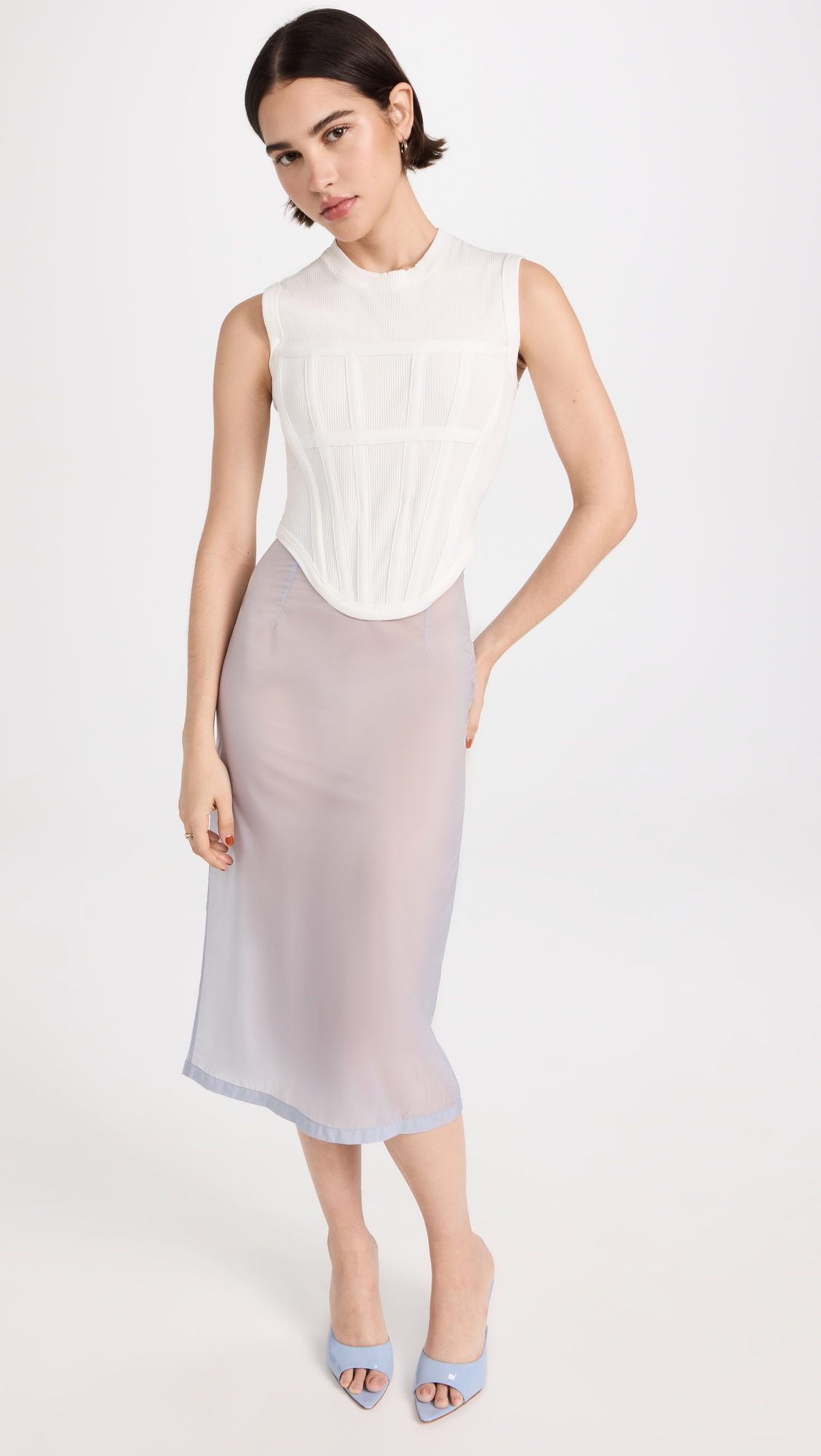
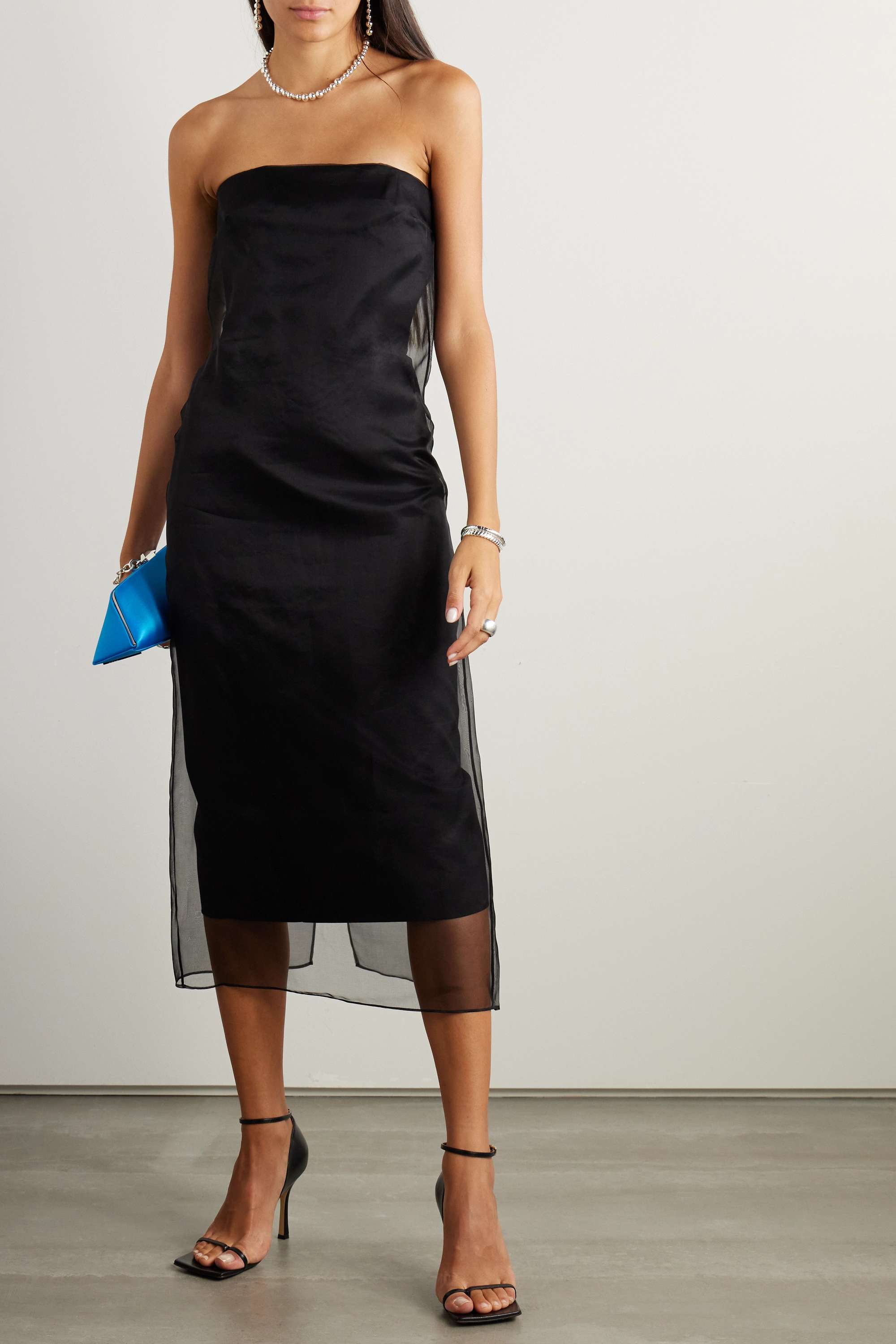

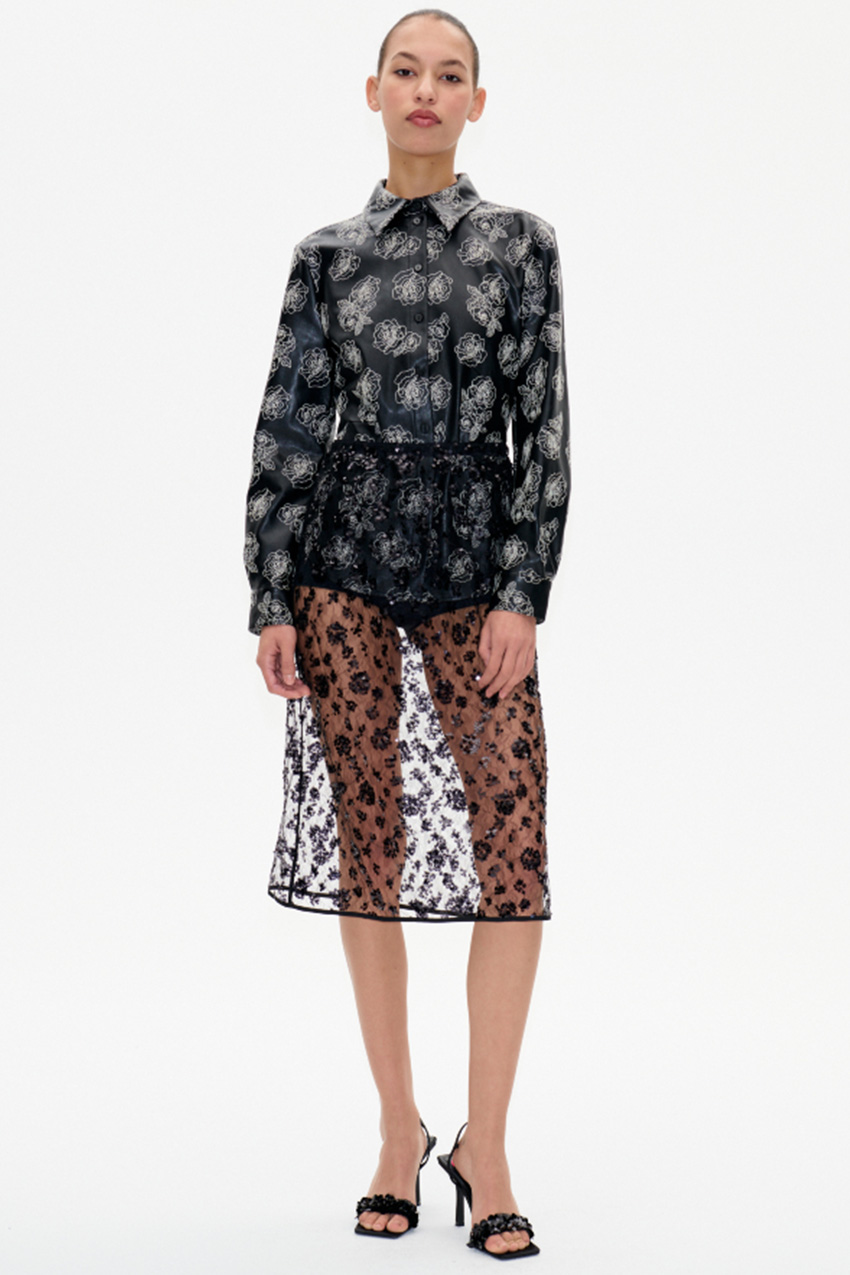

If I haven't clarified by now, let me drill down into my point one last time: no fashion trend exists within a vacuum. That's true, even for the more "trivial" trends like the pants optional trend that took off this past year. Characterized by the usage of underpinnings like tights, hotpants, underwear, and stirrup leggings to create the visual illusion of... you guessed it, wearing no pants. While one might initially write off the "pants optional" trend as a frivolous movement championed by a few famous people (ahem, Rihanna and Hailey Baldwin Bieber), it's more than that. Like all trends, this movement reflects what's happening in the fashion world.
We first saw tights styled underneath hotpants with a sweater and pumps in Matthieu Blazy's second collection for Bottega Venetta in S/S 23. Since then, variations of the no-pants look have been spotted everywhere—e.g., tailored separates were styled with matching hot pants layered over tights at Ferragamo and Helen Anthony's F/W 23 collections. While at Puppets and Puppets, a model strutted down the runway wearing a tailored corset top with lace stirrup leggings featuring a built-in overlay feature to give the illusion of exposed underwear. And then, there was Miu Miu's collection, in which actual briefs (some bedazzled) were layered over tights and paired with layered knitwear—which was the peak expression of the trend! Each iteration of this trend on the runways was not only reflective of all the exciting things happening in the industry, but changes in the wider world.
The adoption of the no-pants look speaks to the longer history of more skin-barring forms of dressing being adopted after events of mass destabilization and death—e.g., after the Spanish Flu in 1918, the roaring '20s were filled with more "risqué" hemlines including the mini dress. With this in mind, it's only natural we'd see some form of a new way to bare skin emerge as we've collectively grappled with massive upheavals in the past few years. And while some still might think that choosing not to wear pants isn't a big deal, I'd be to differ. At the end of the day, even with the free will to choose what we put on our bodies, we can never make the choice to be separated from the influence clothing has on society. Fashion has always reflected the era in which it exists—acting as a guide to who is deemed important, what is happening in the world, and what everyone is wearing. It will continue to do so, even if you choose to go pantless or not post-2023.
